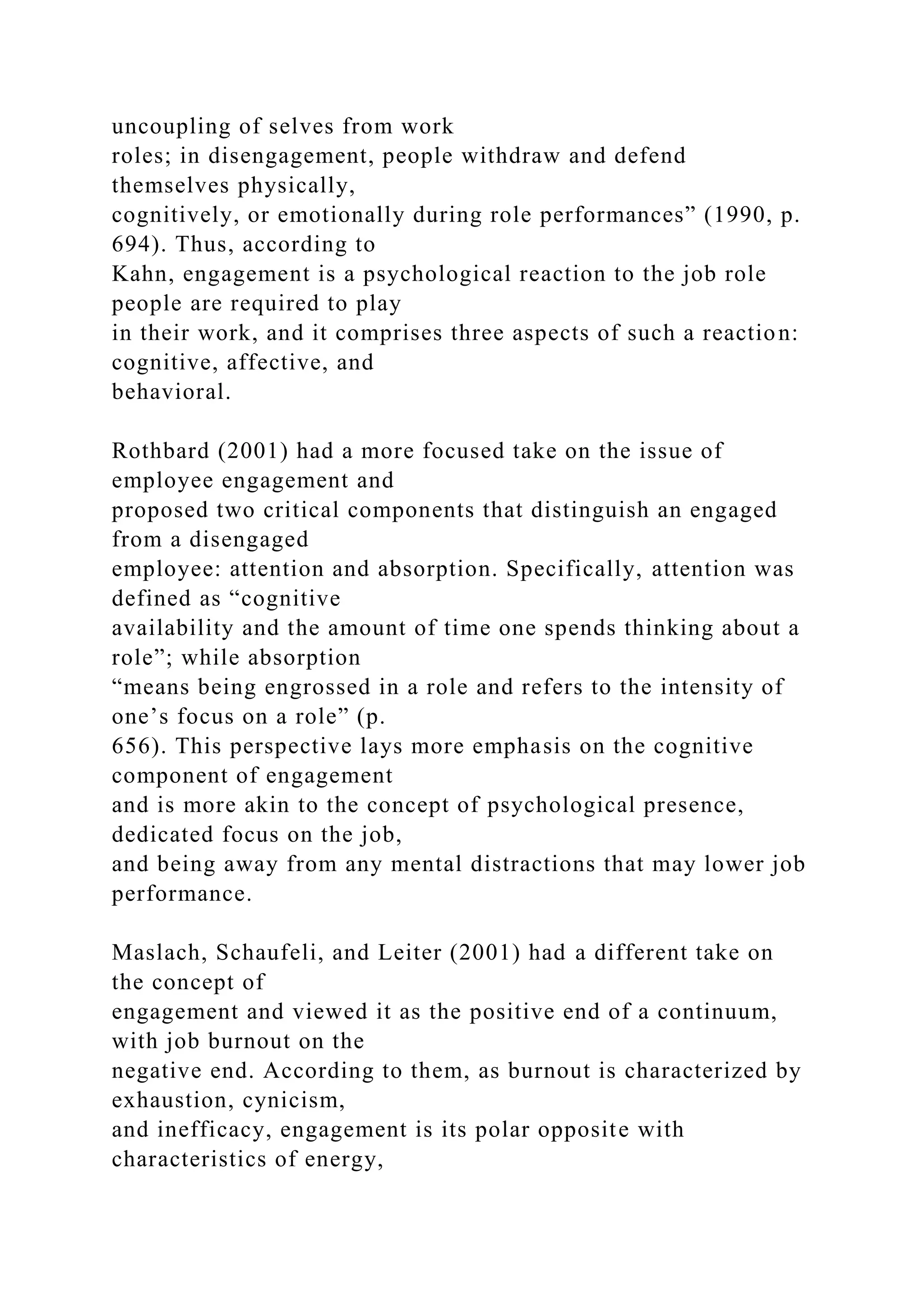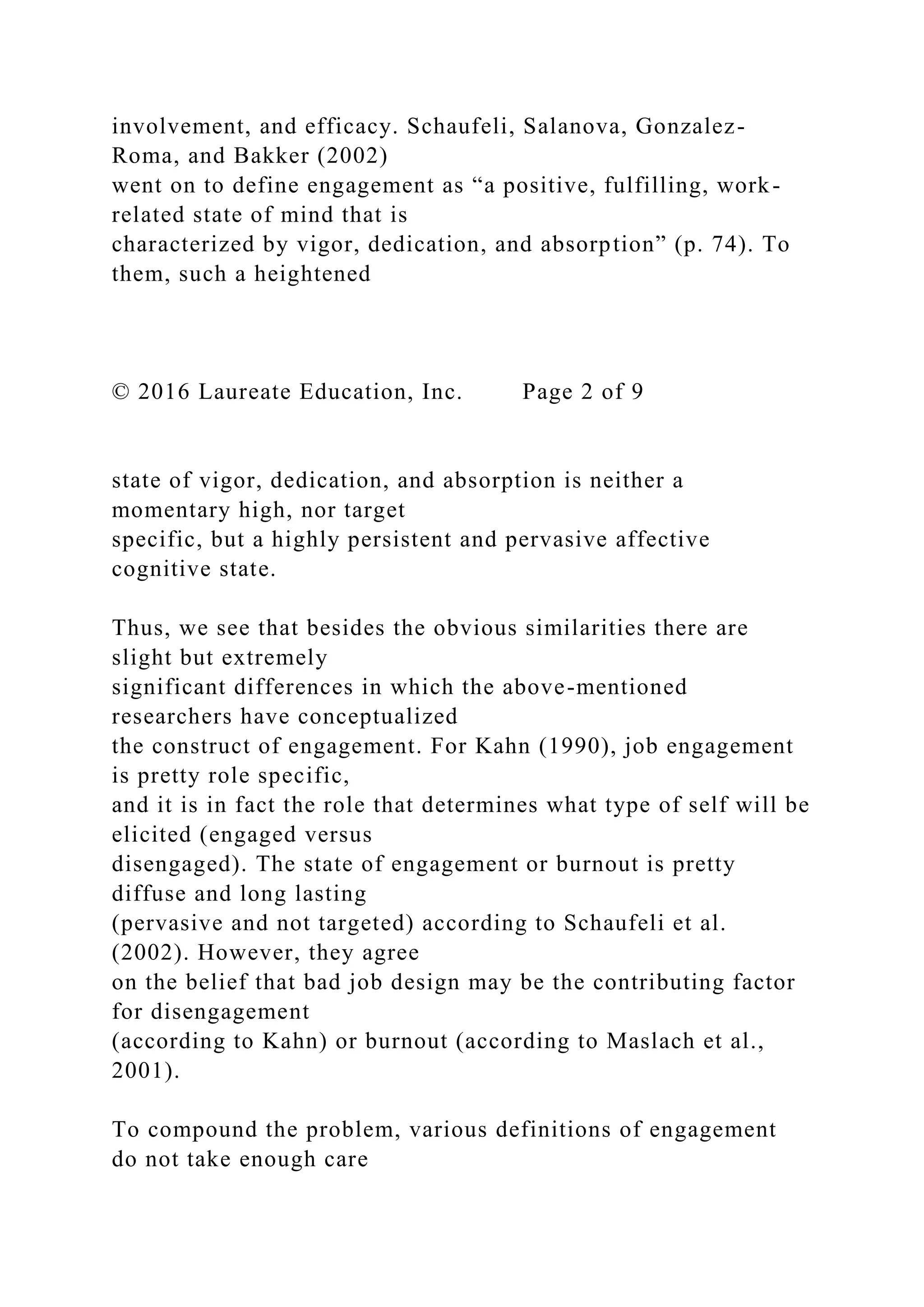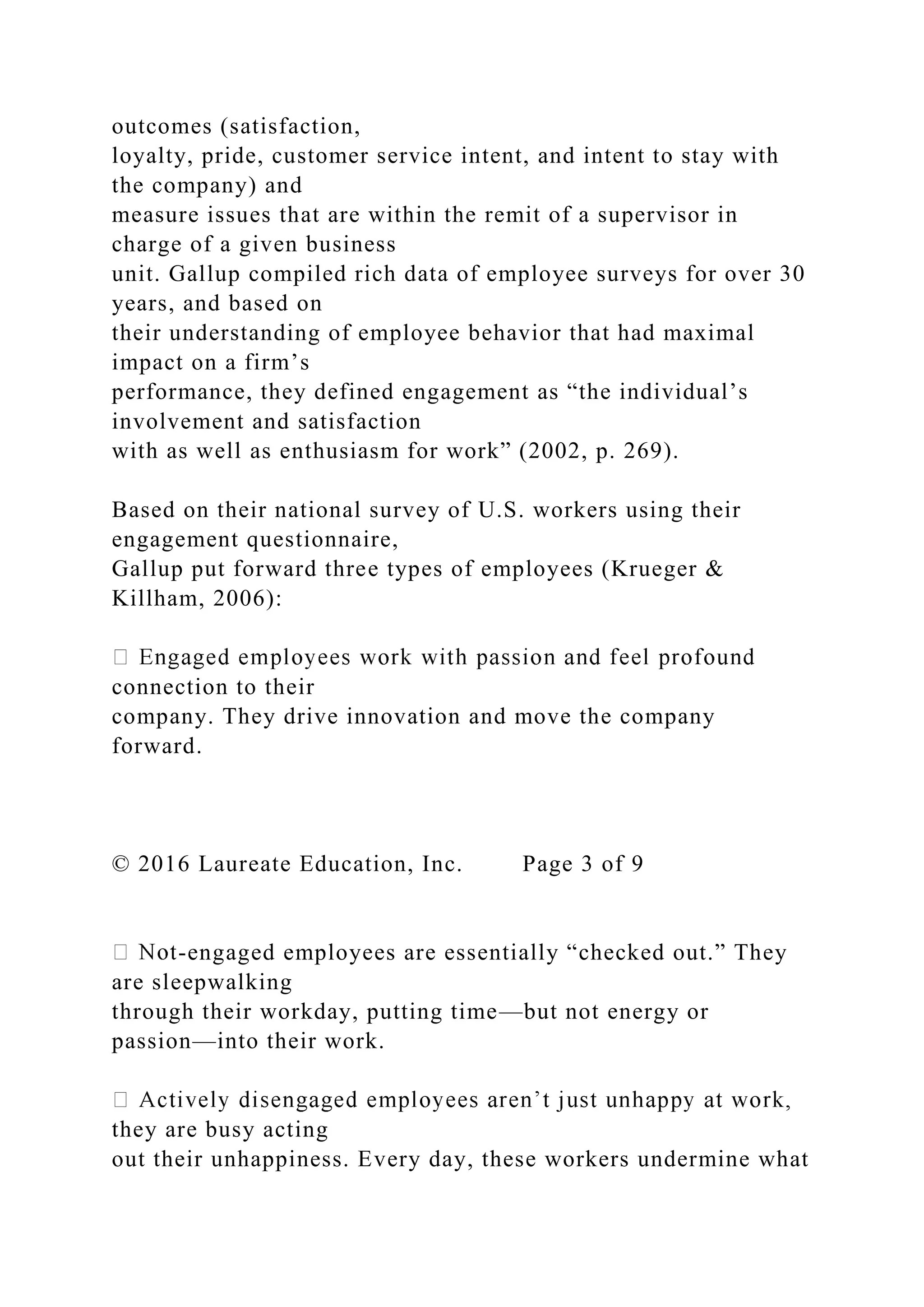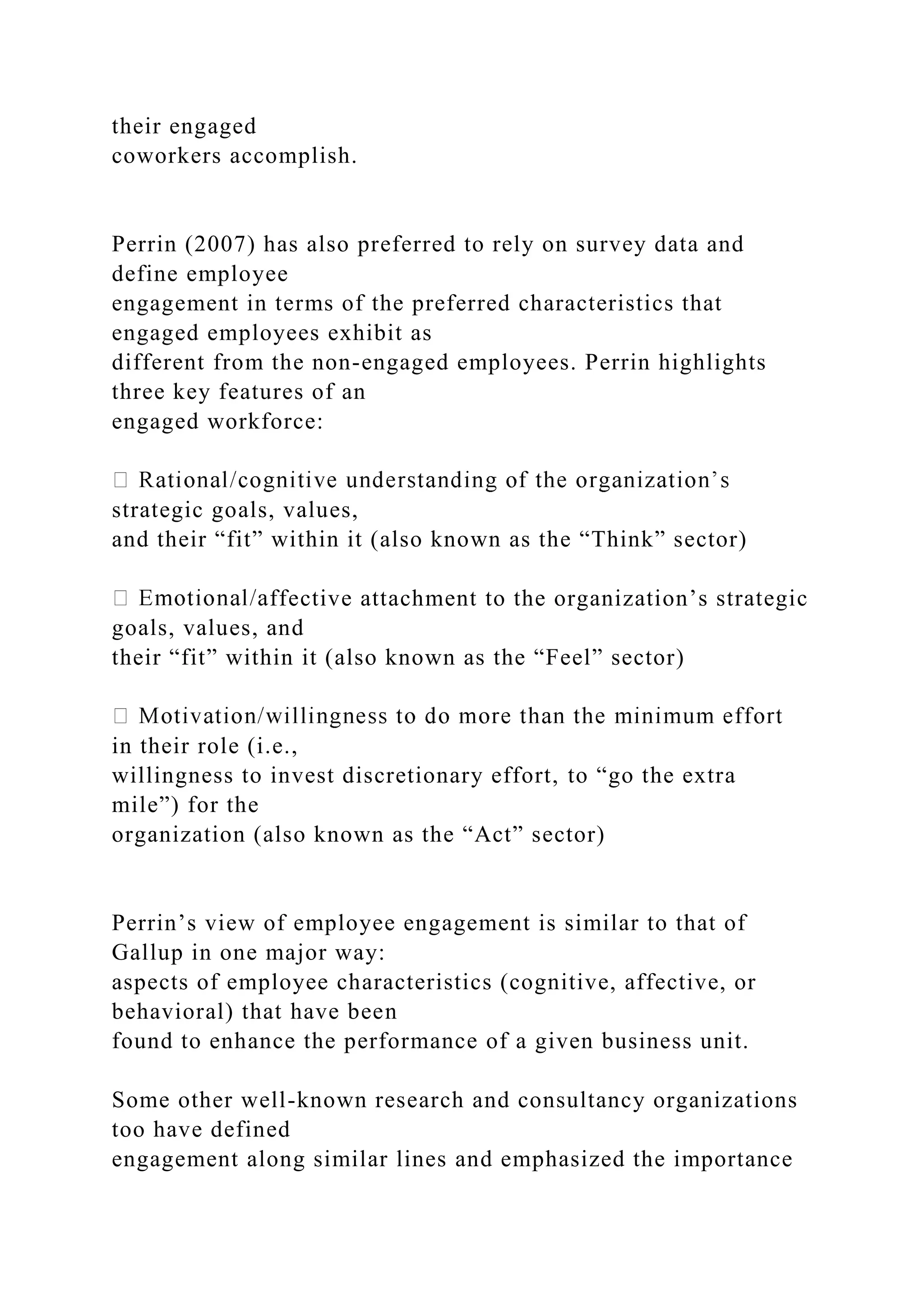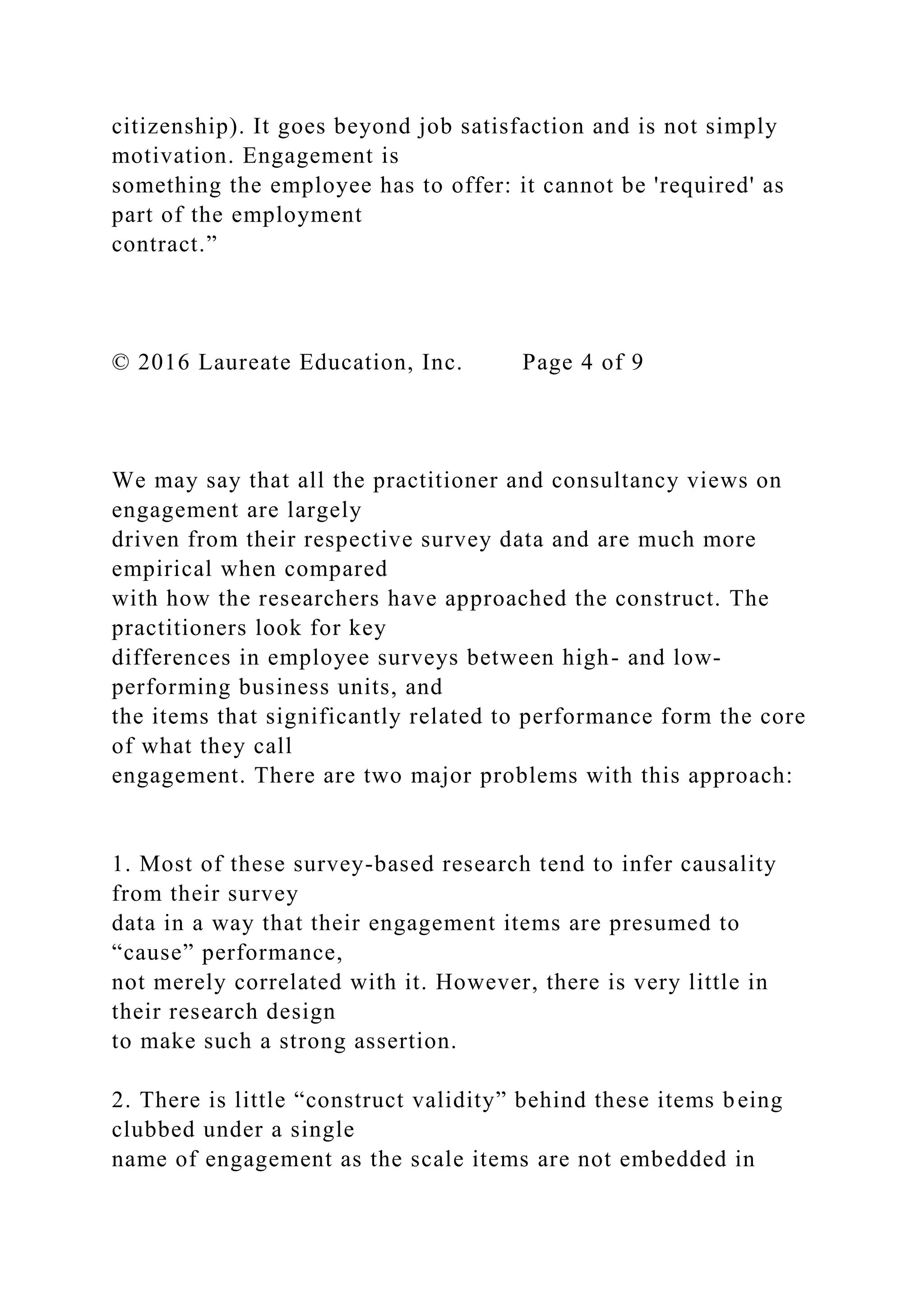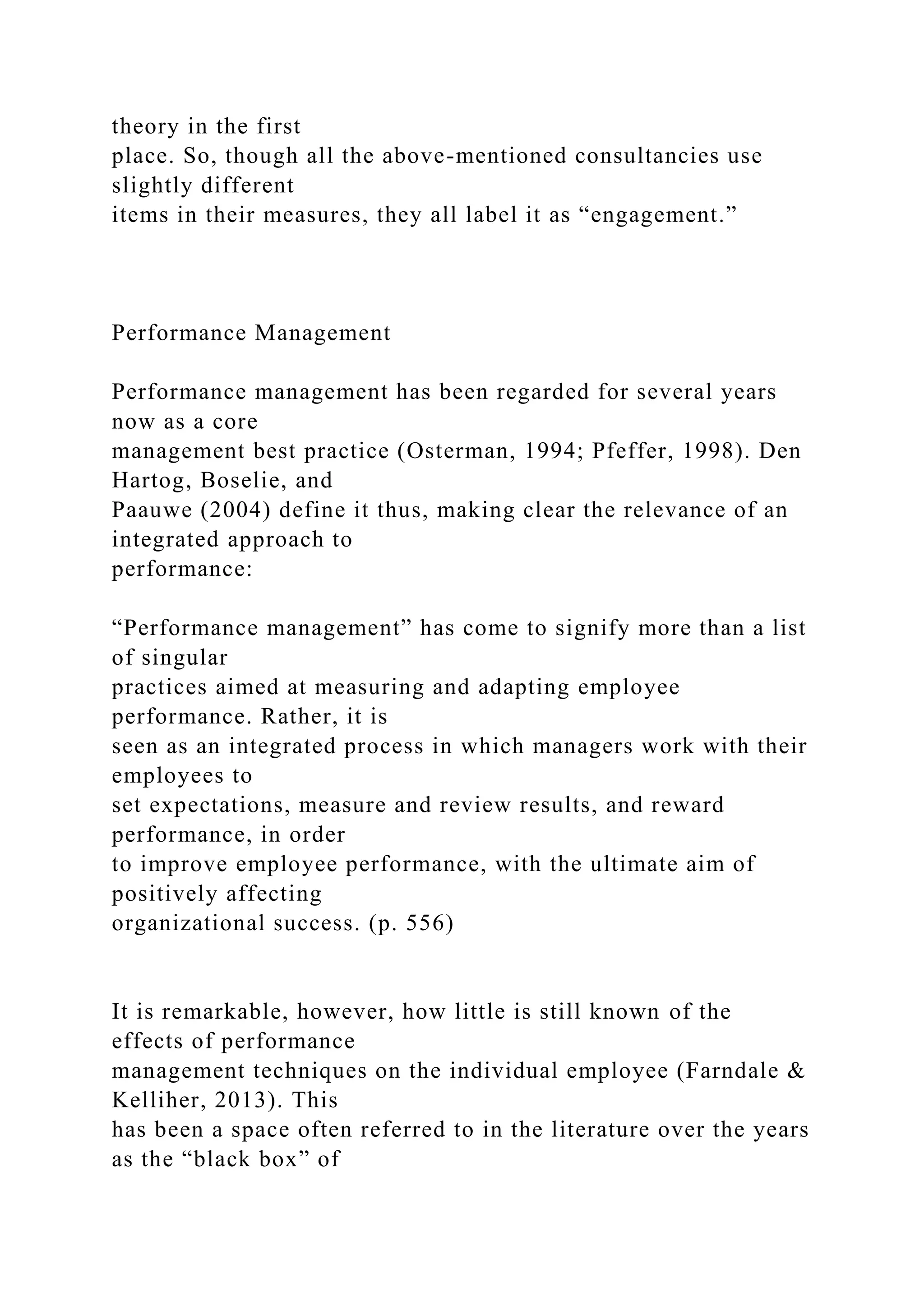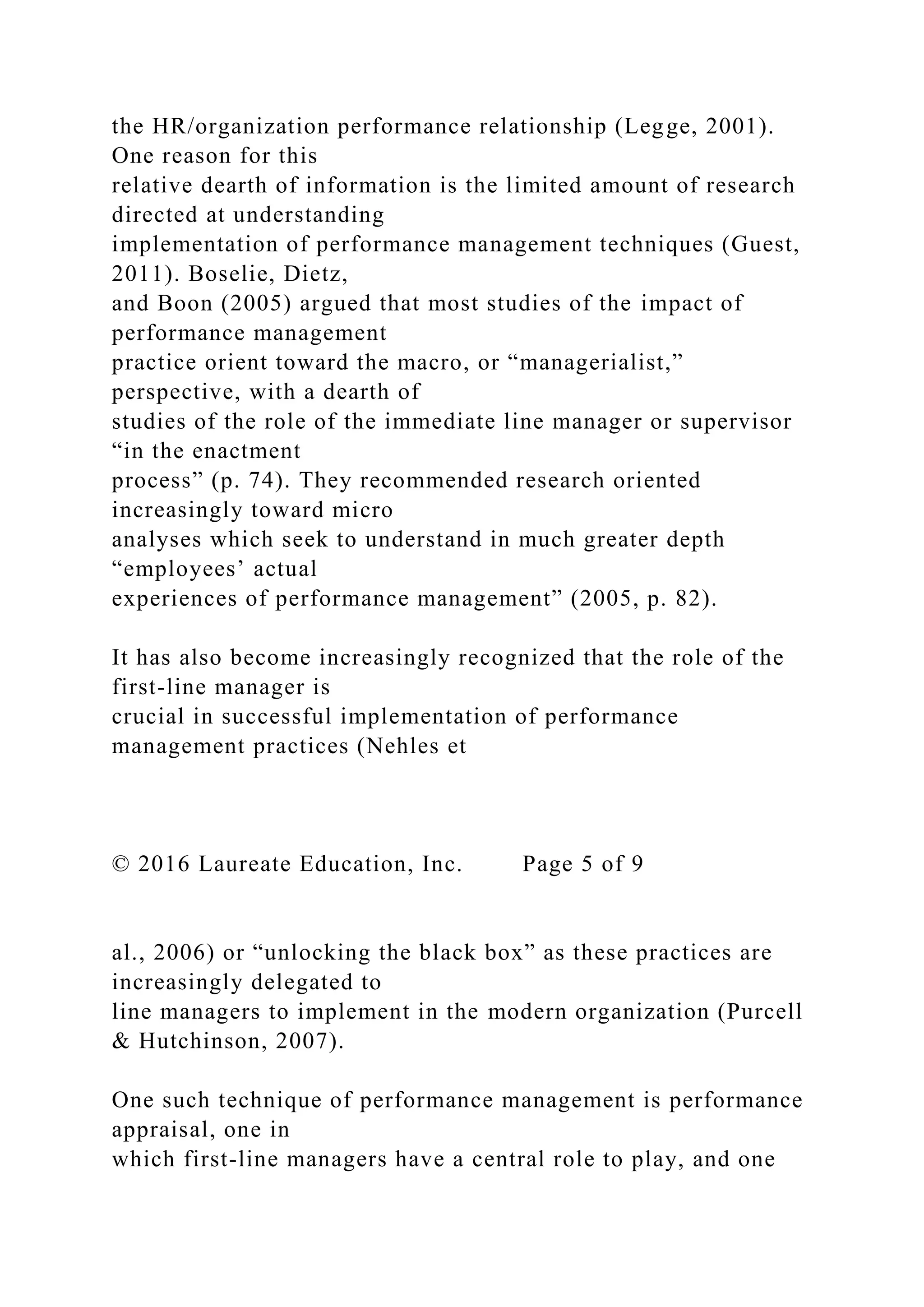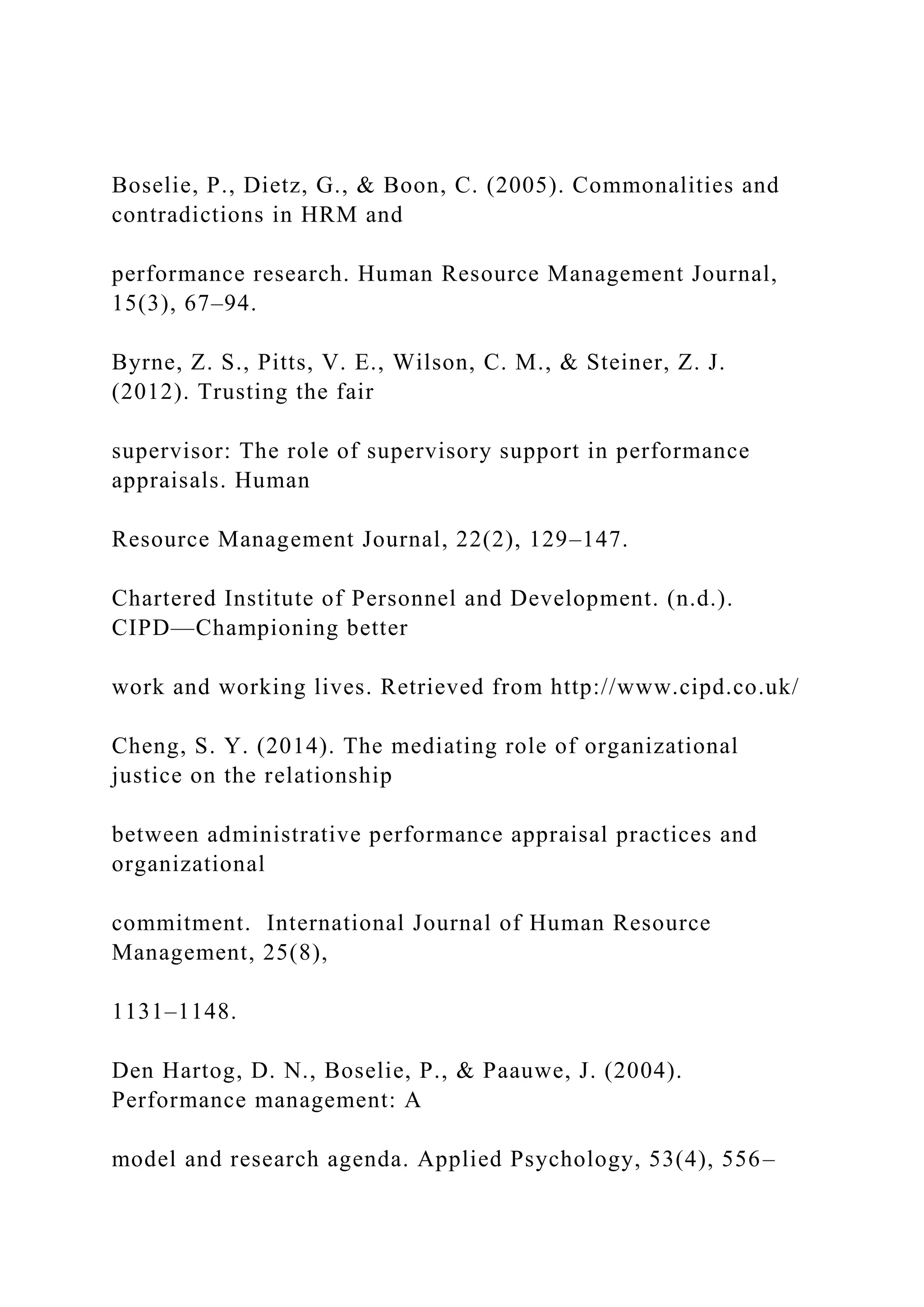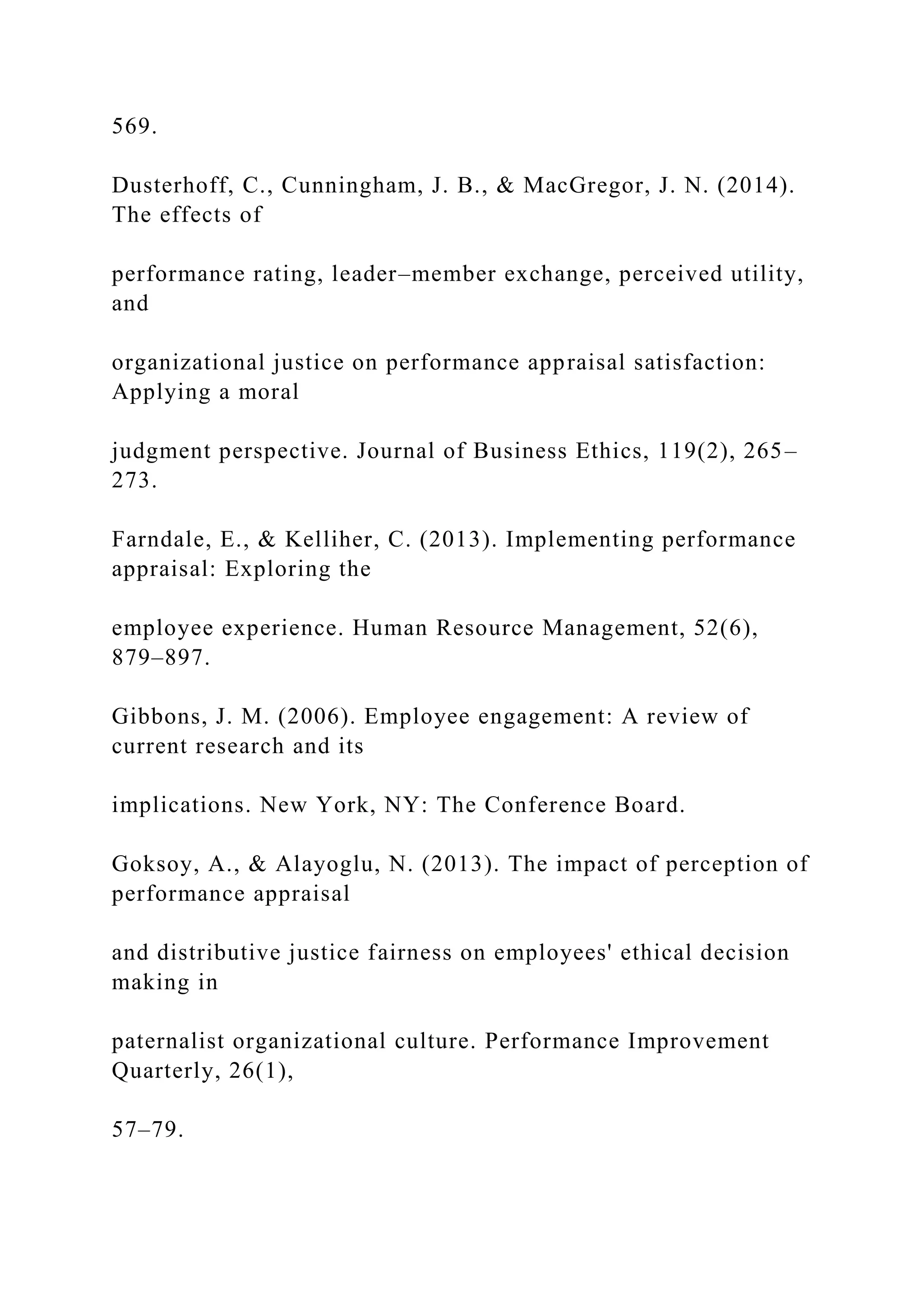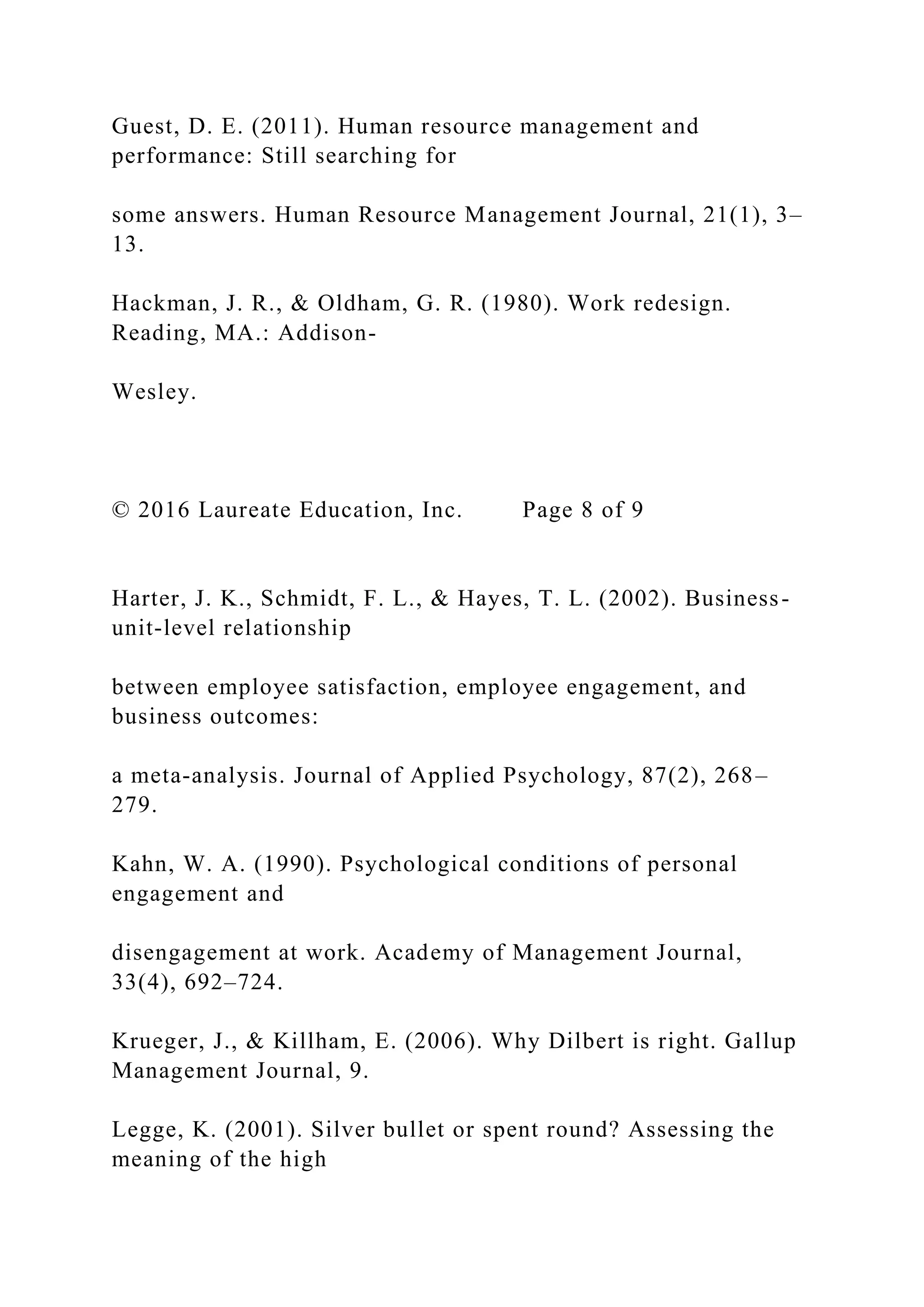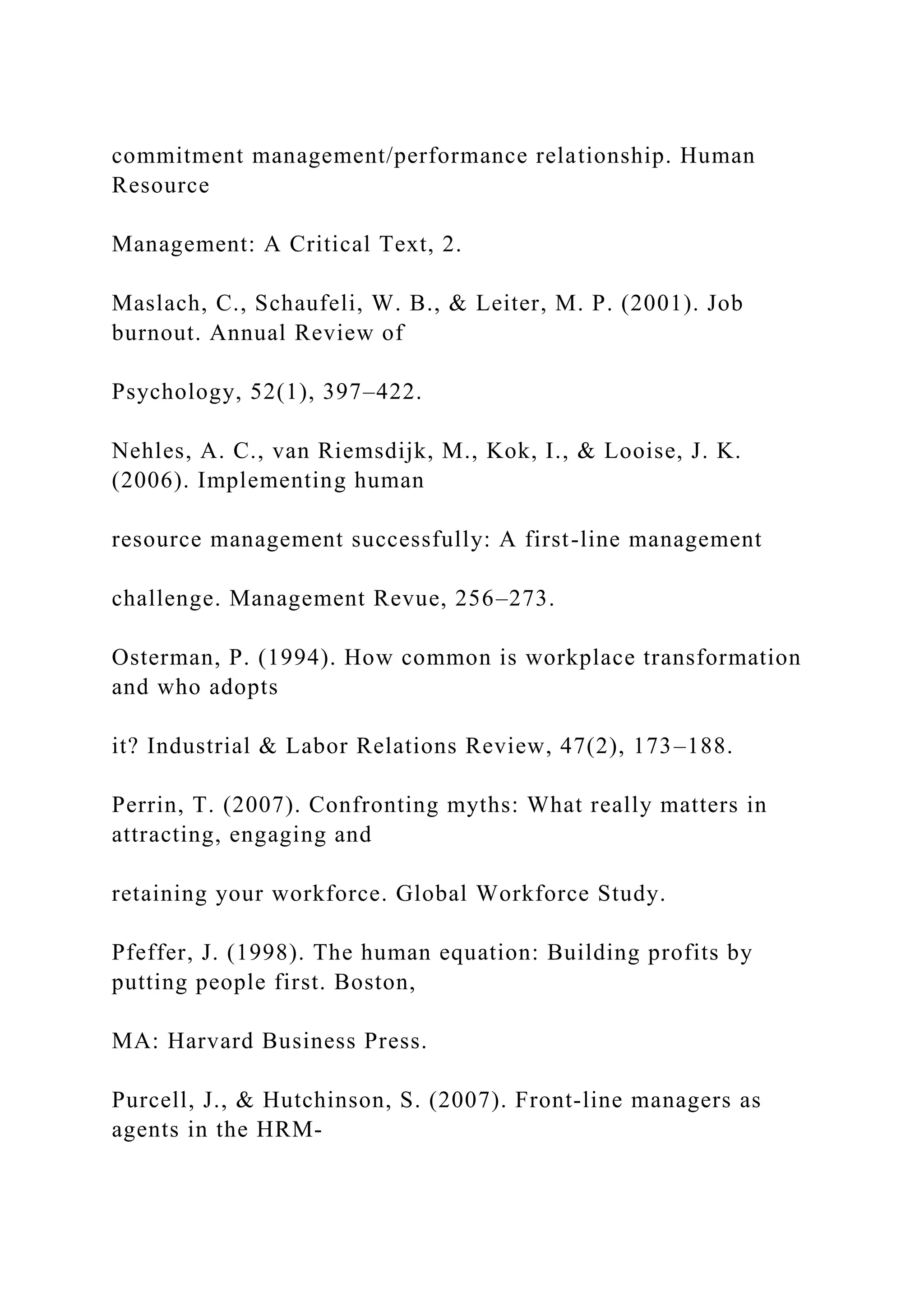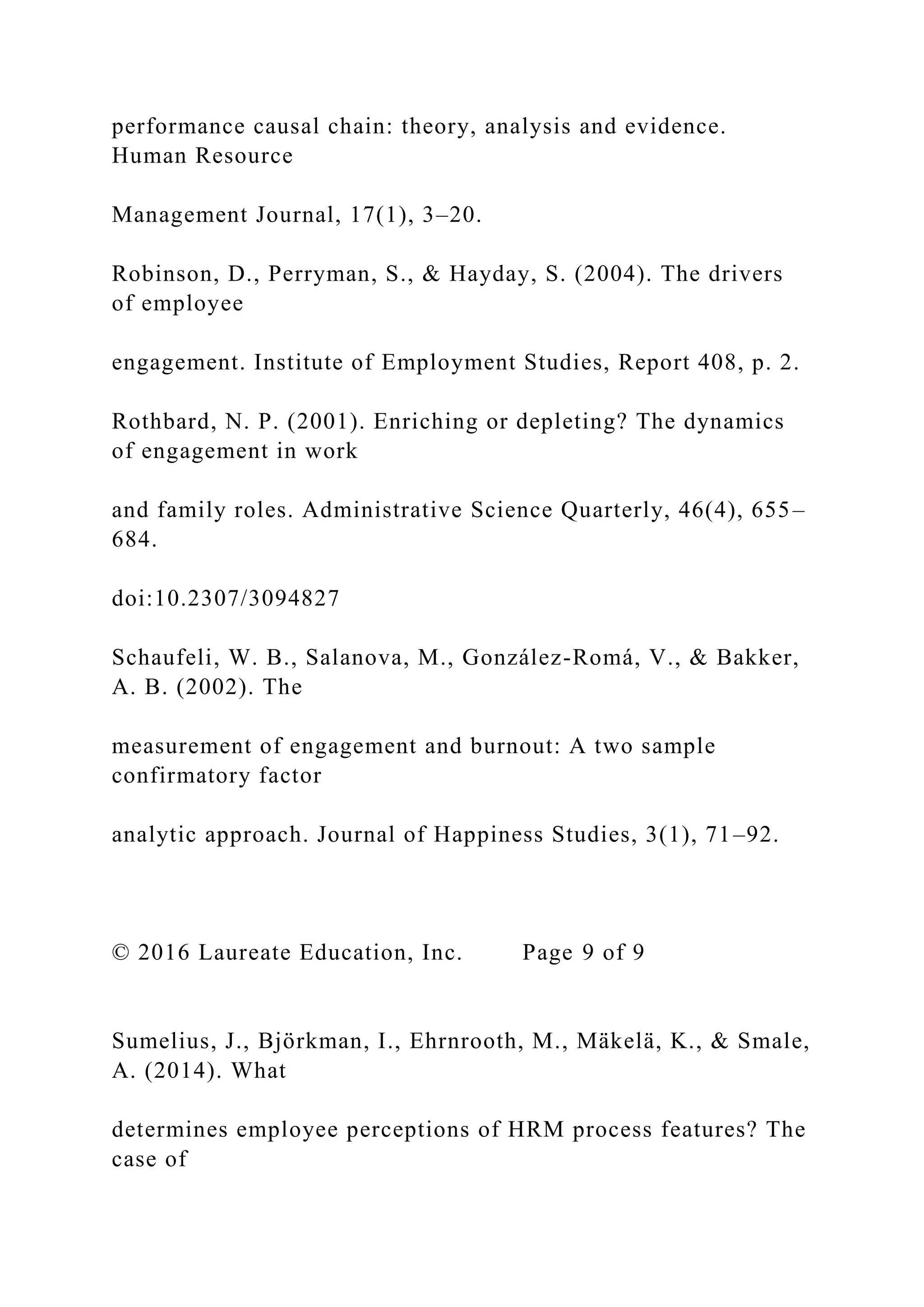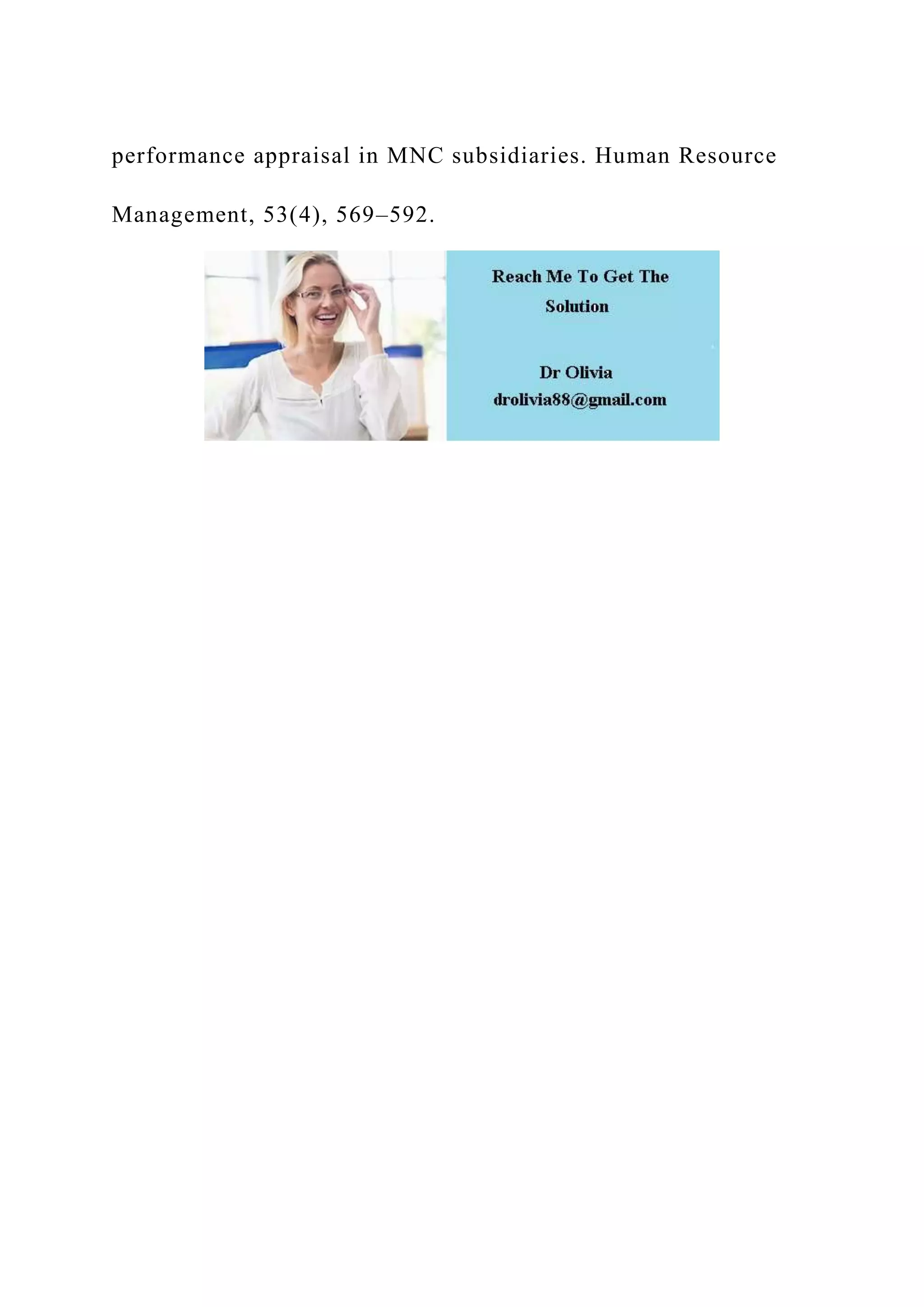Dr. Marsh is researching how to address issues at his organization, including low employee engagement. Research shows engagement affects performance. If he were in Dr. Marsh's position, the author would use Gallup's work on engaged, not engaged, and actively disengaged employees to understand performance levels. Effective communication between leadership and employees is also important, such as weekly employee reports, to measure engagement and performance in a virtual workforce.
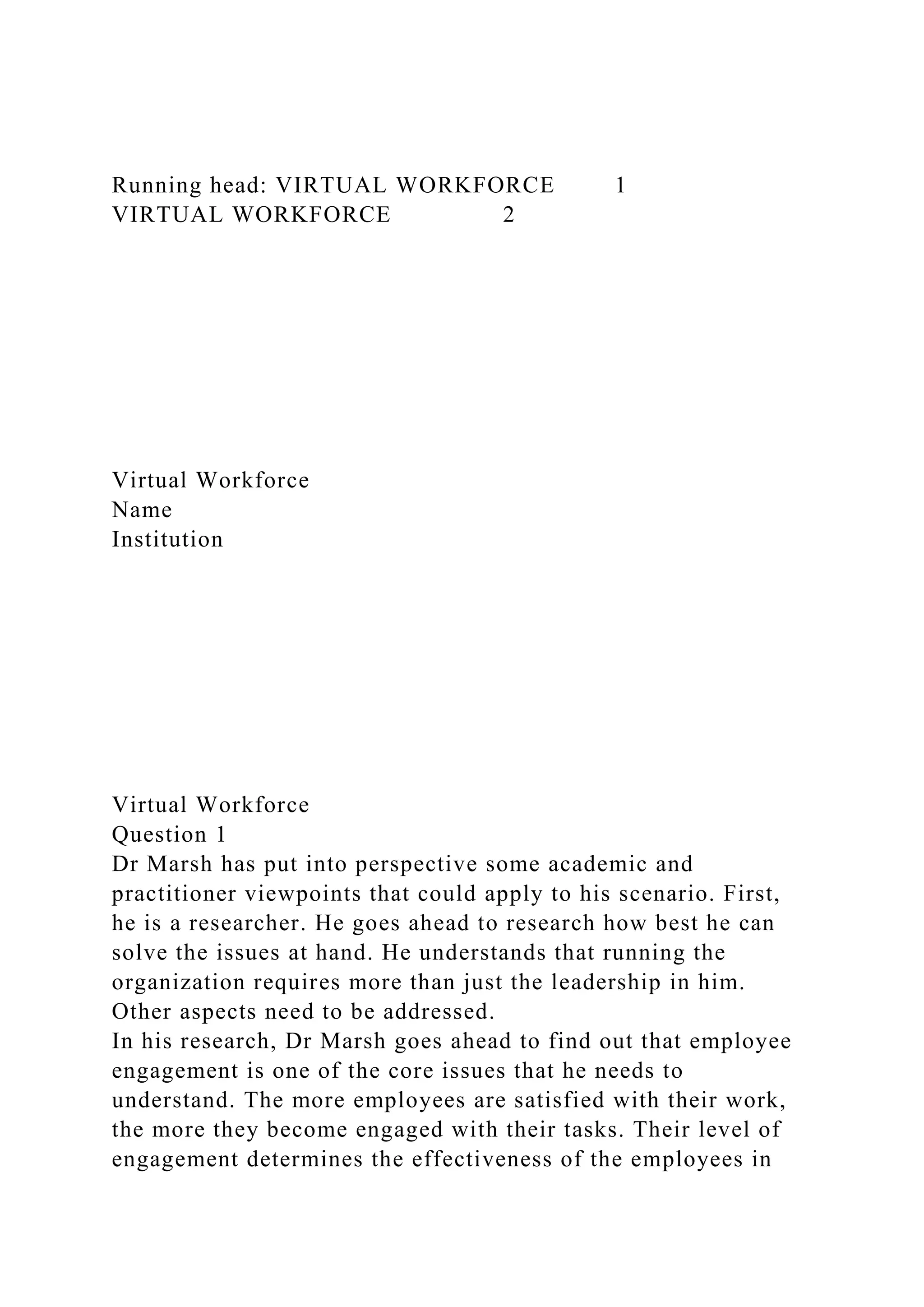
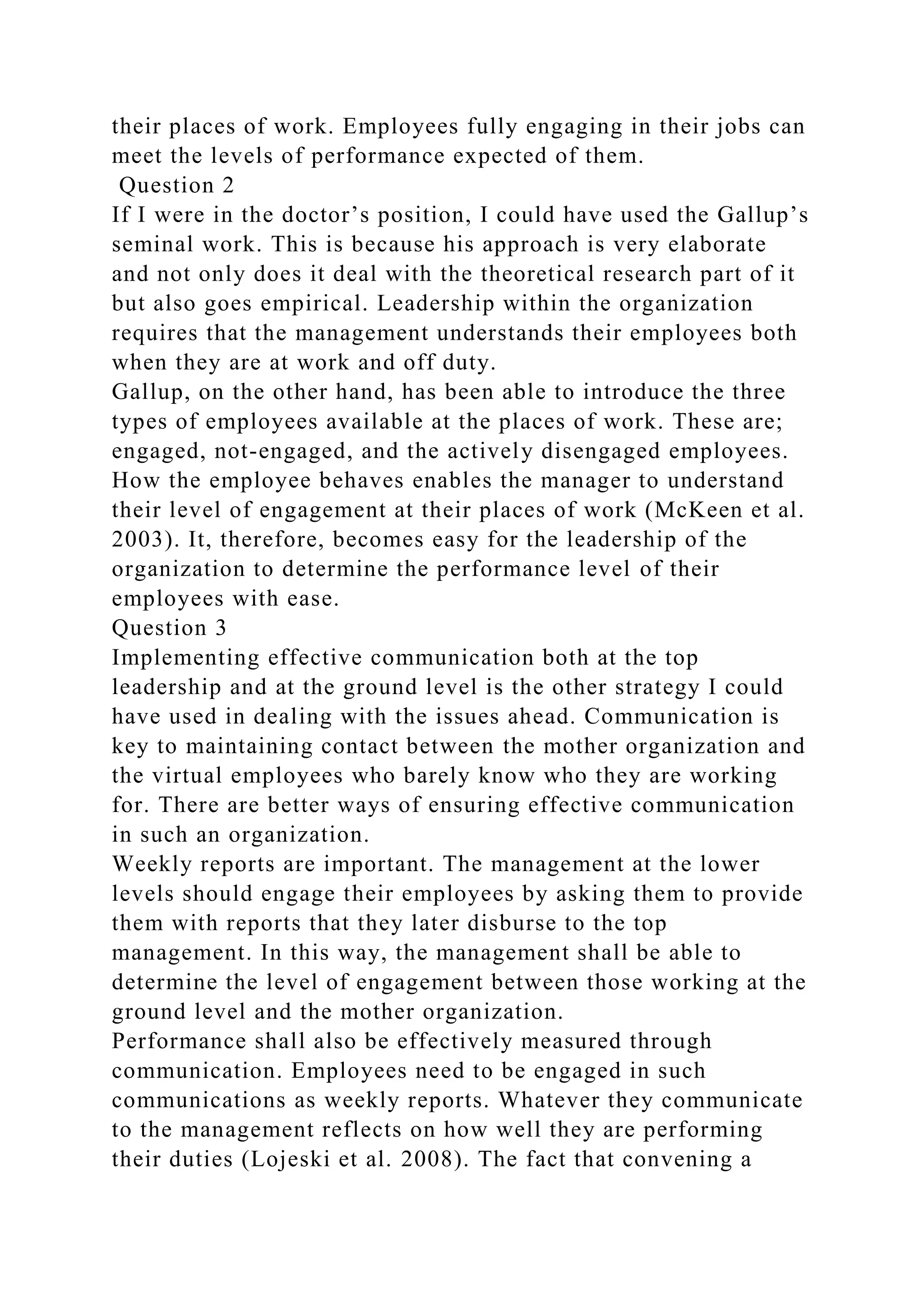
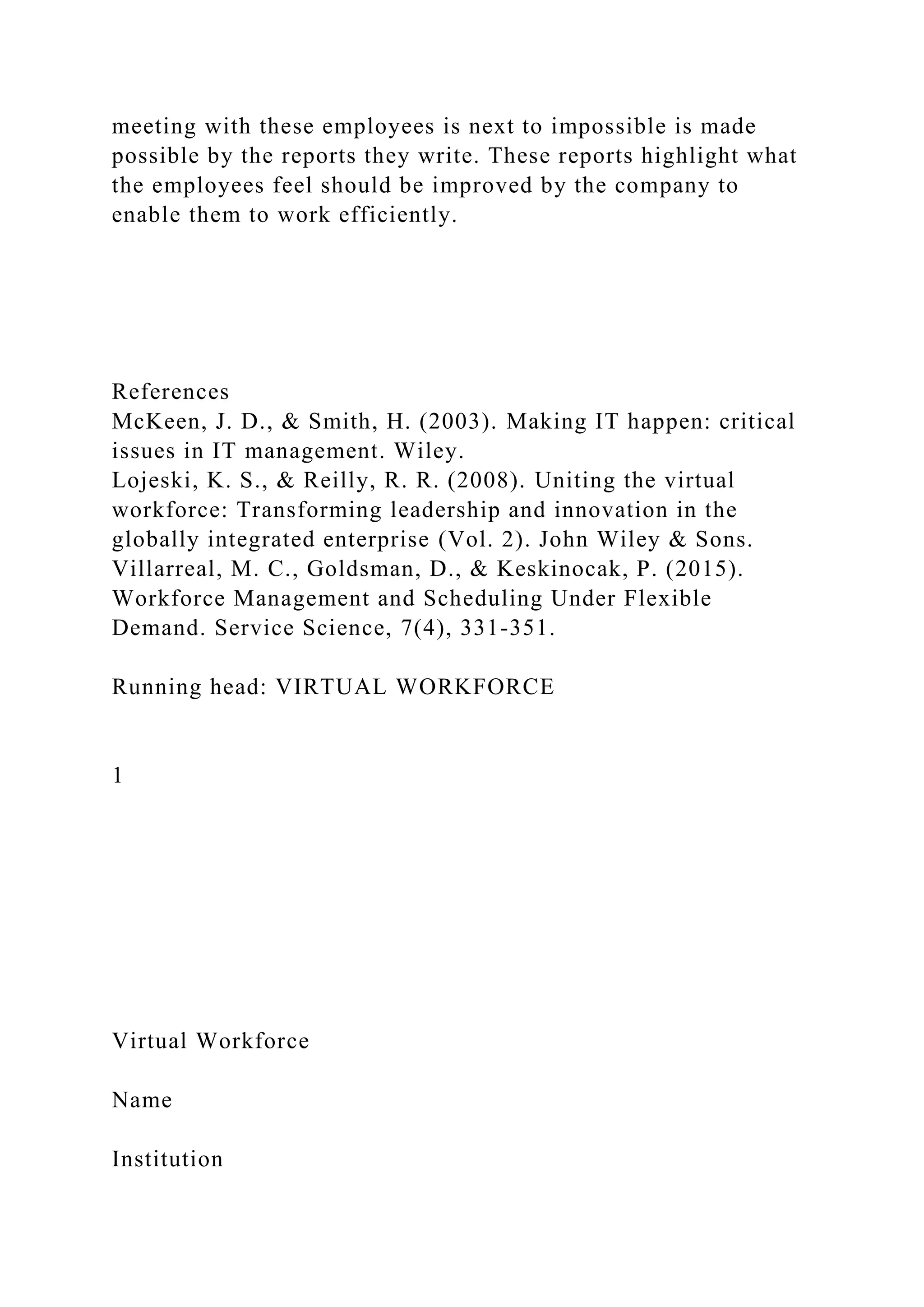
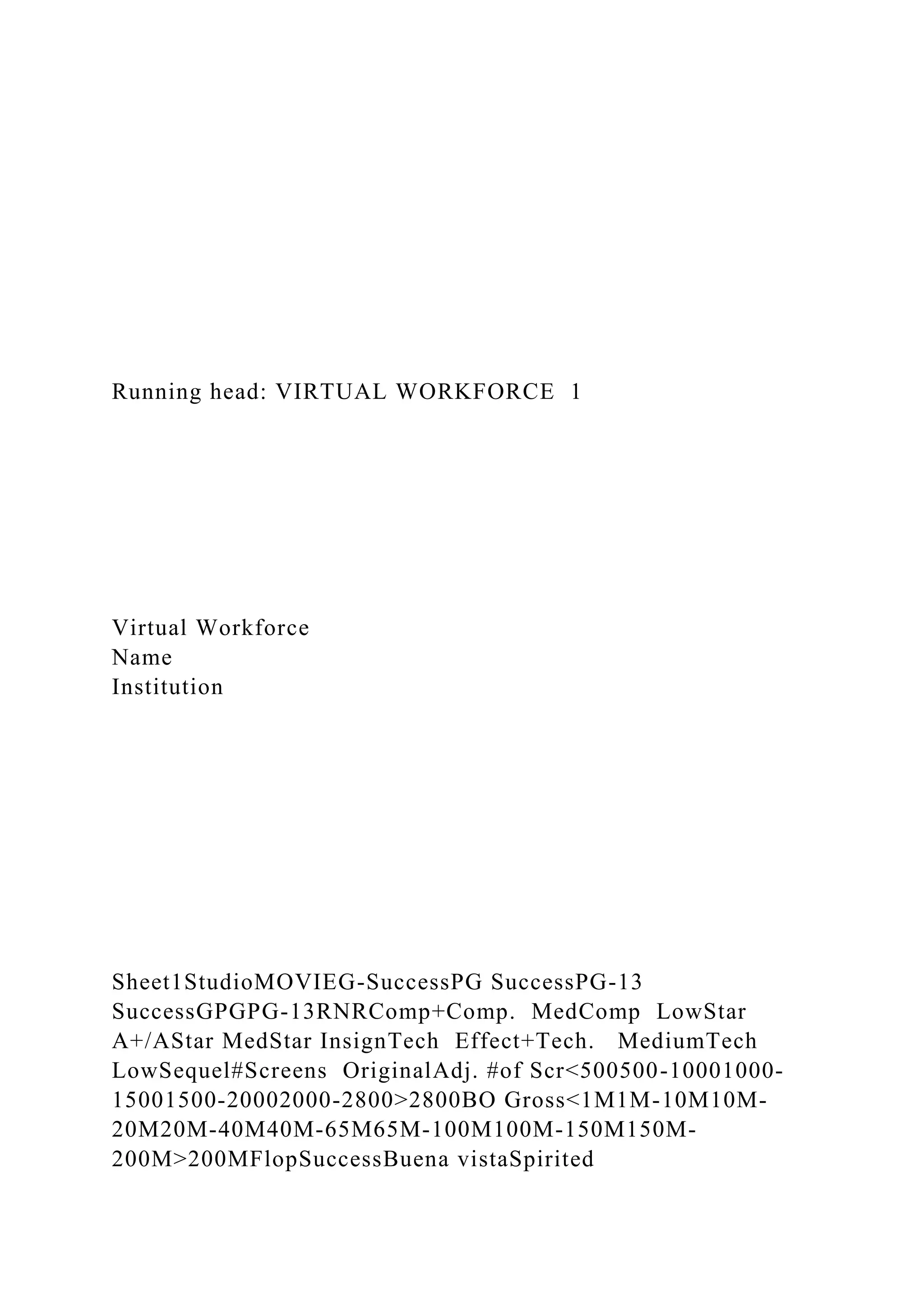




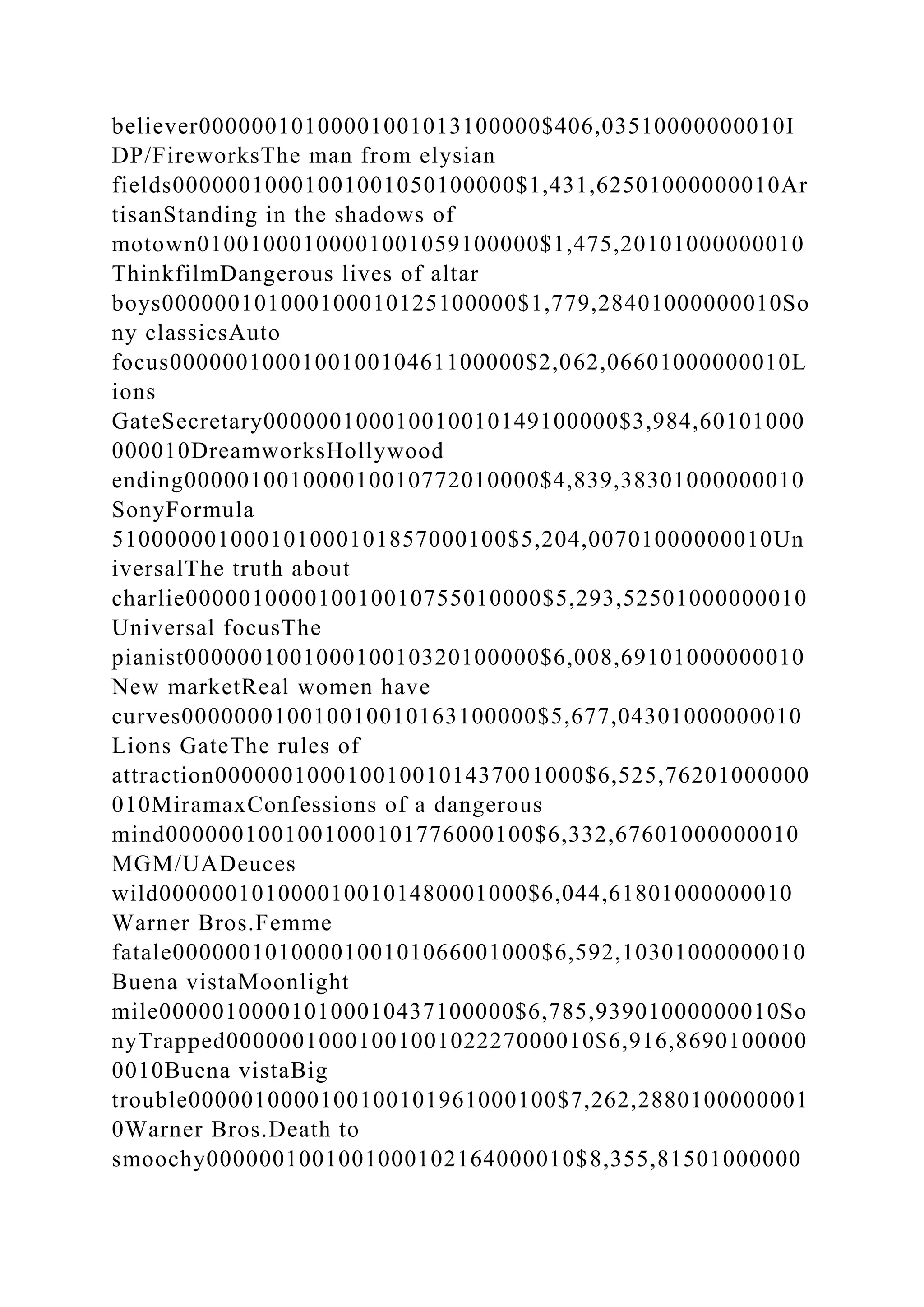





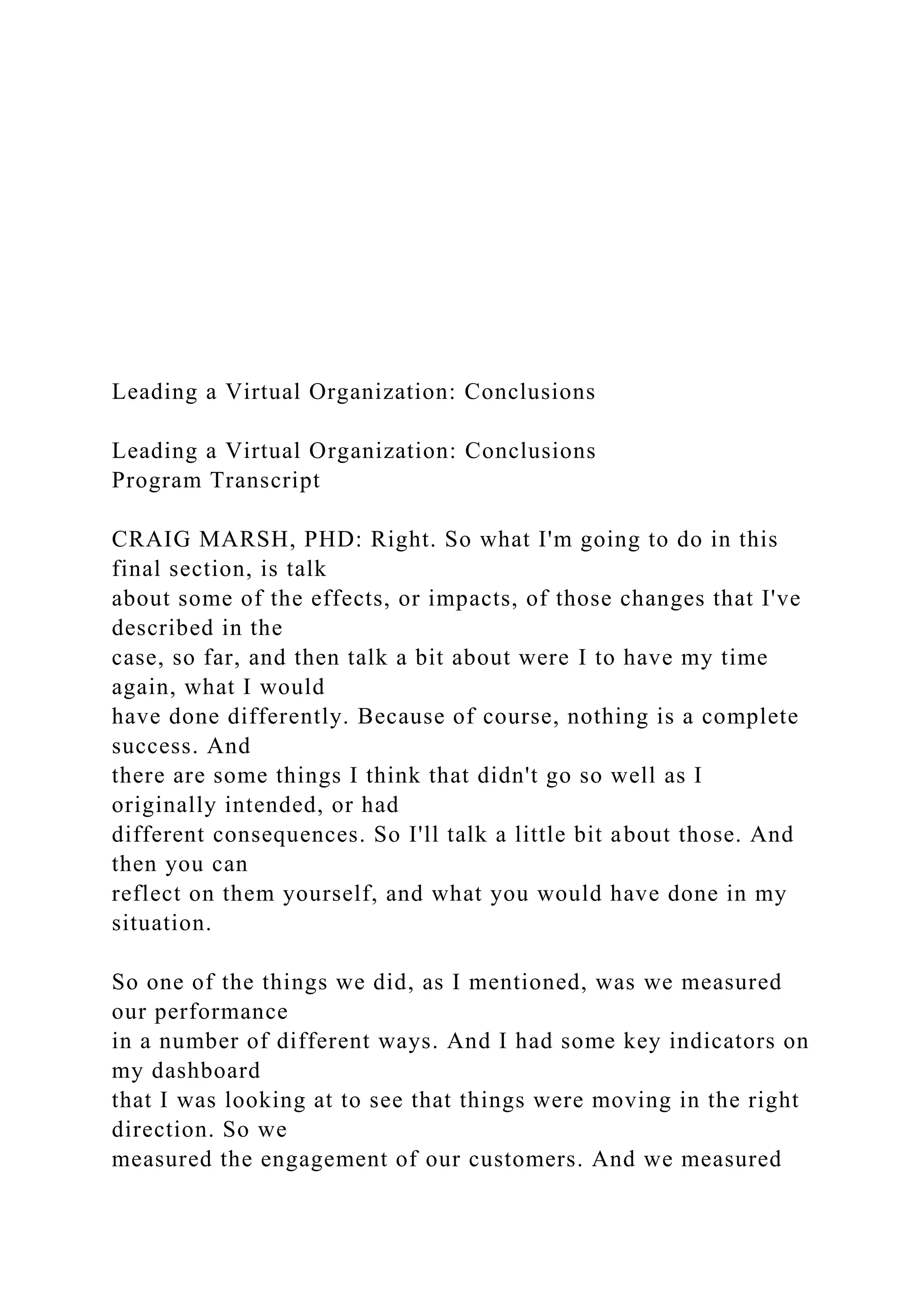
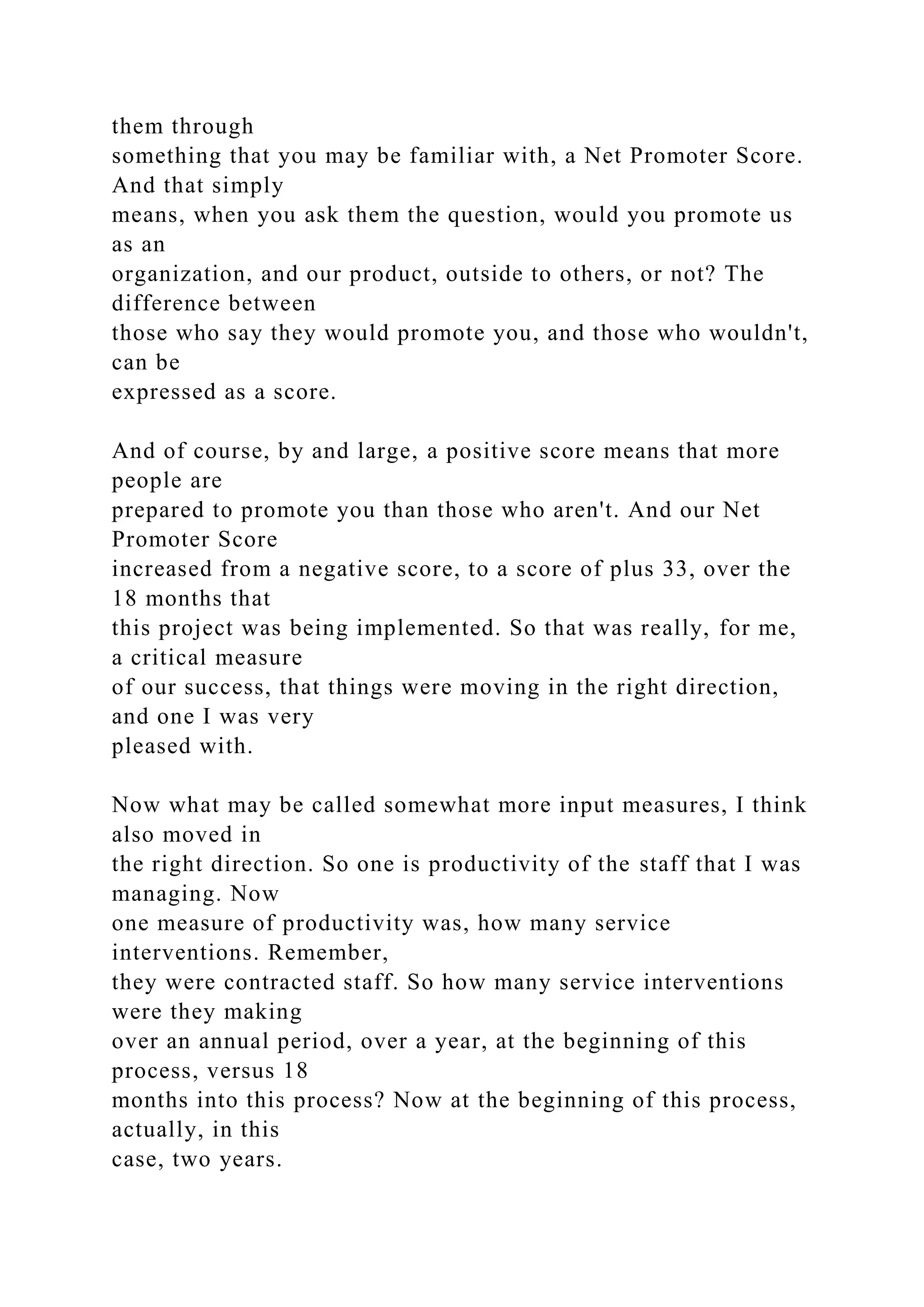
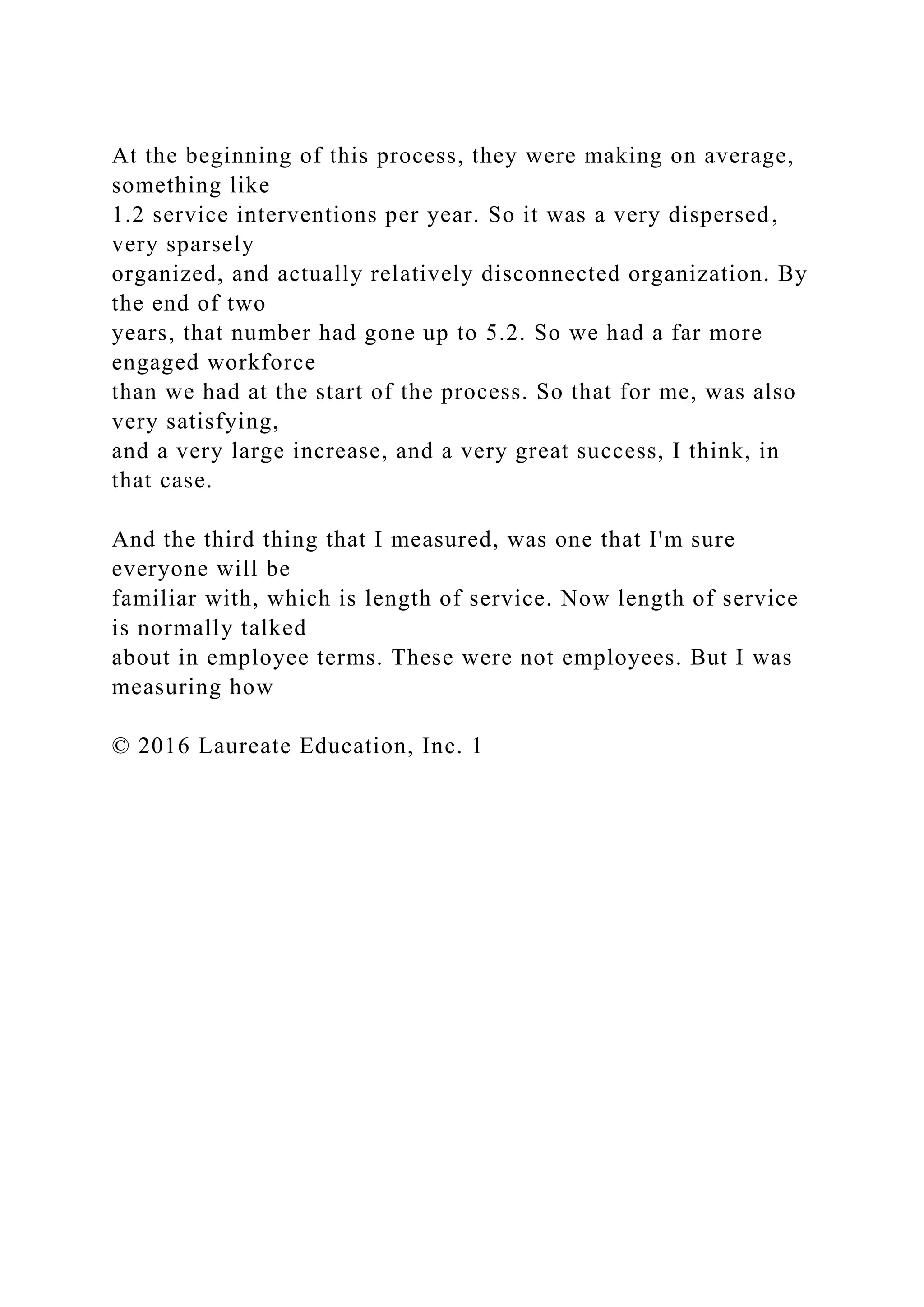
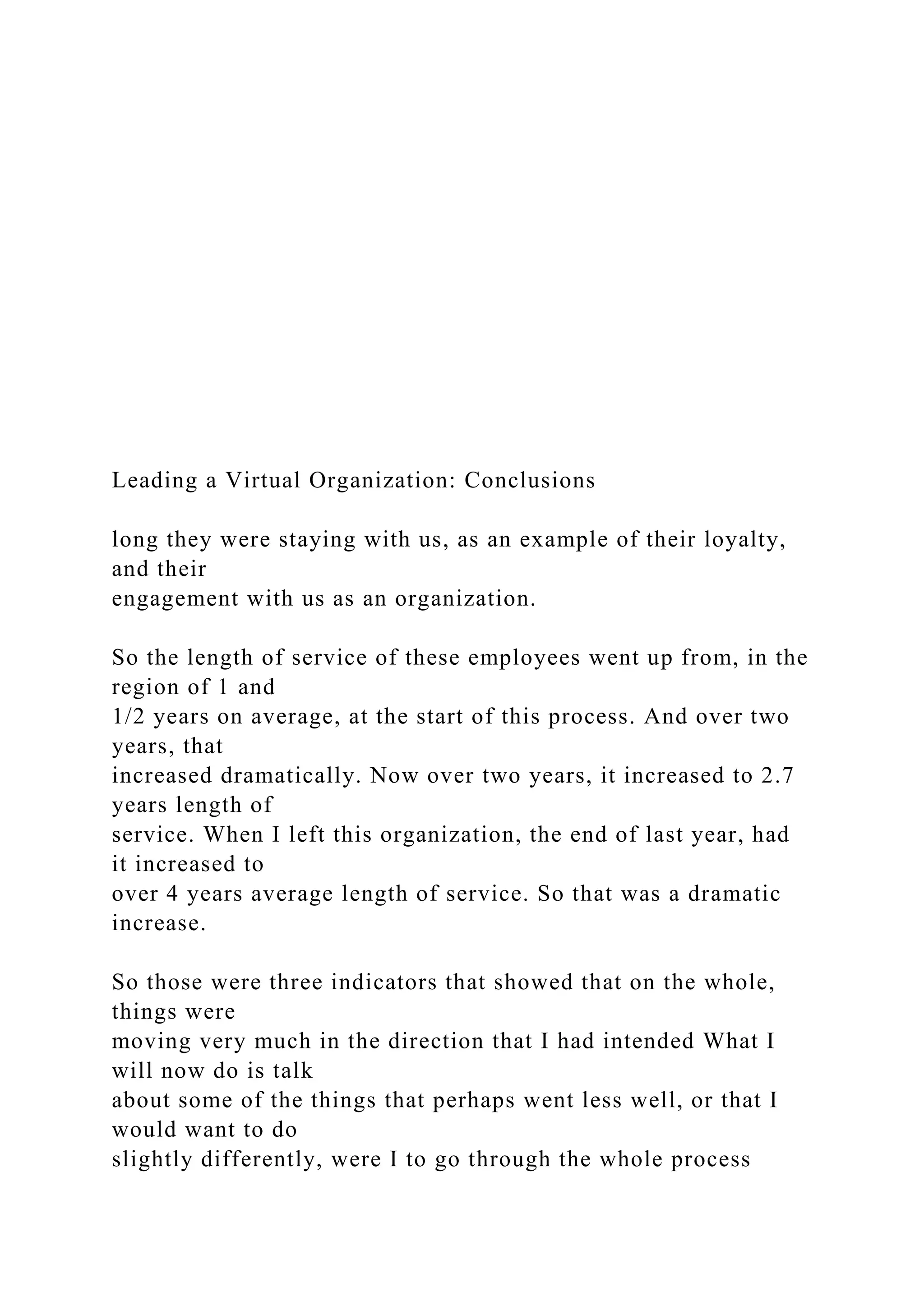
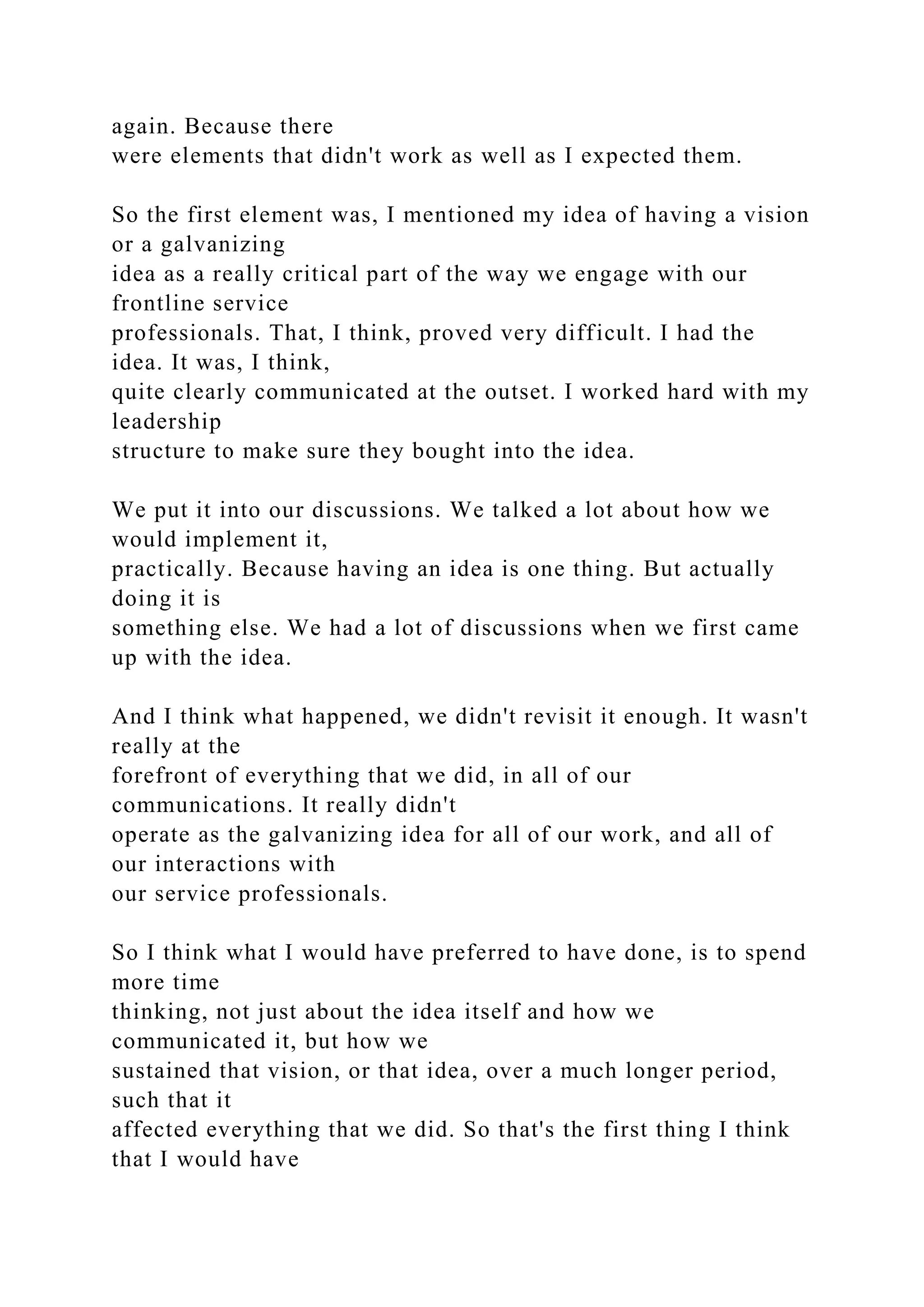
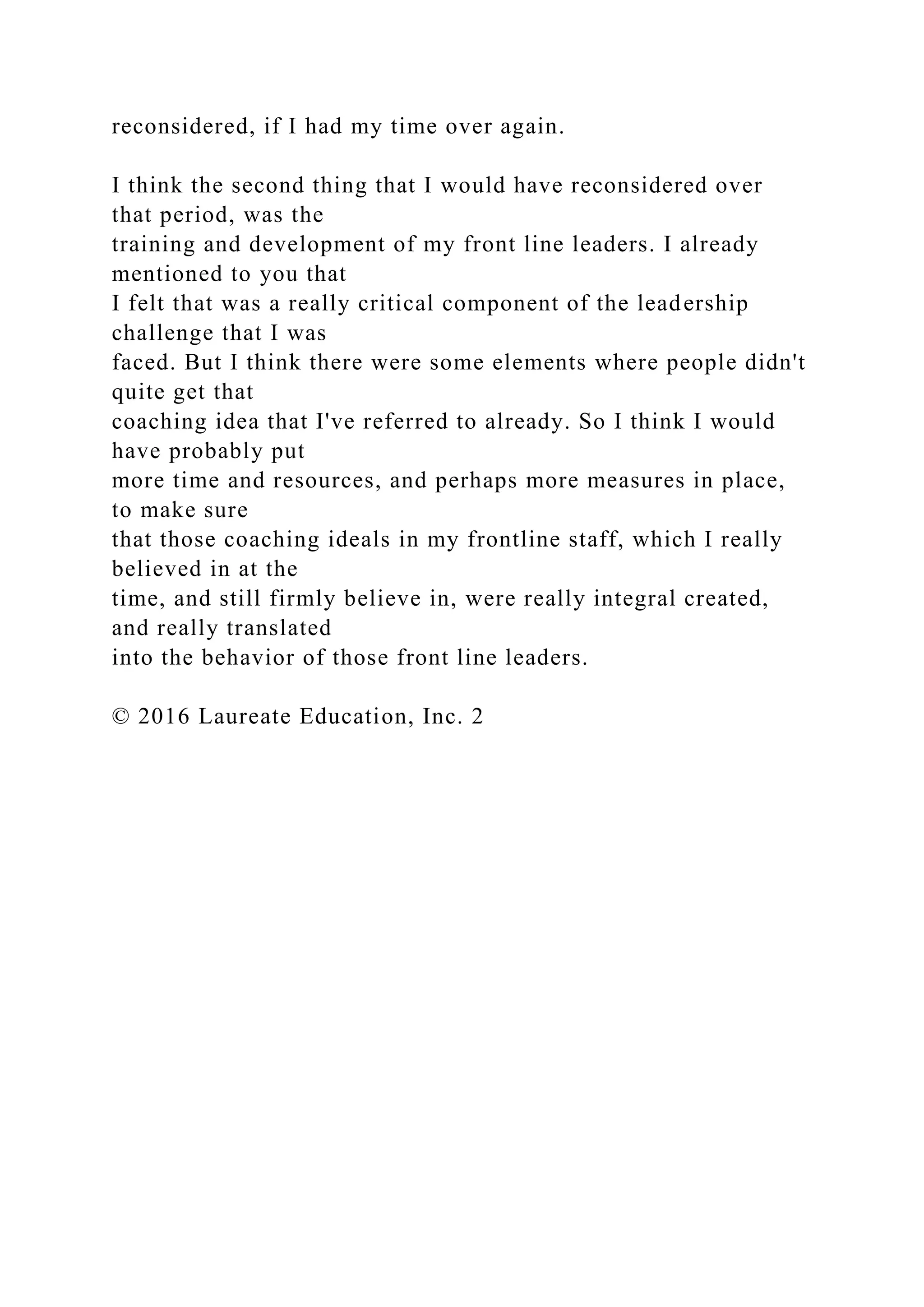
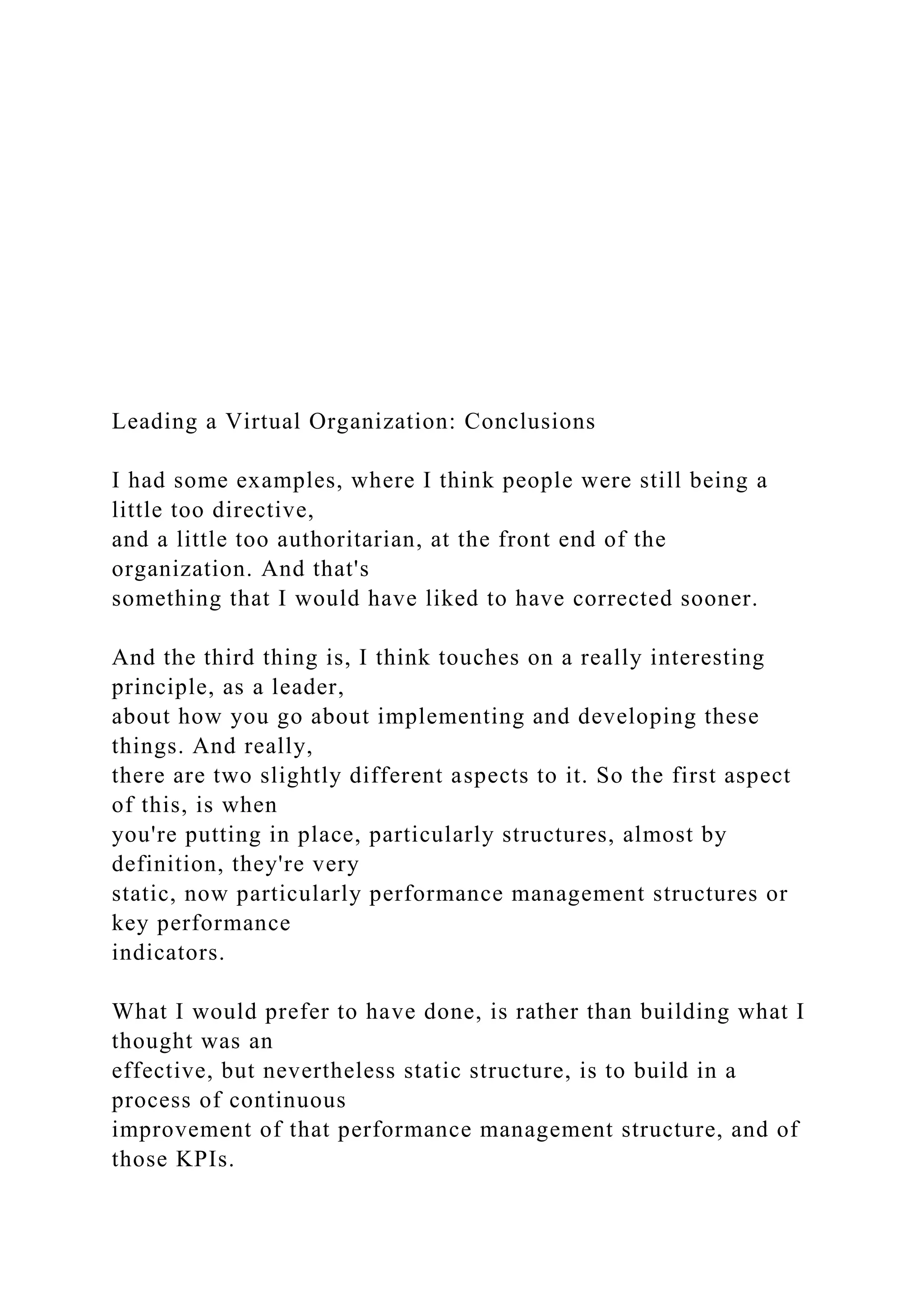
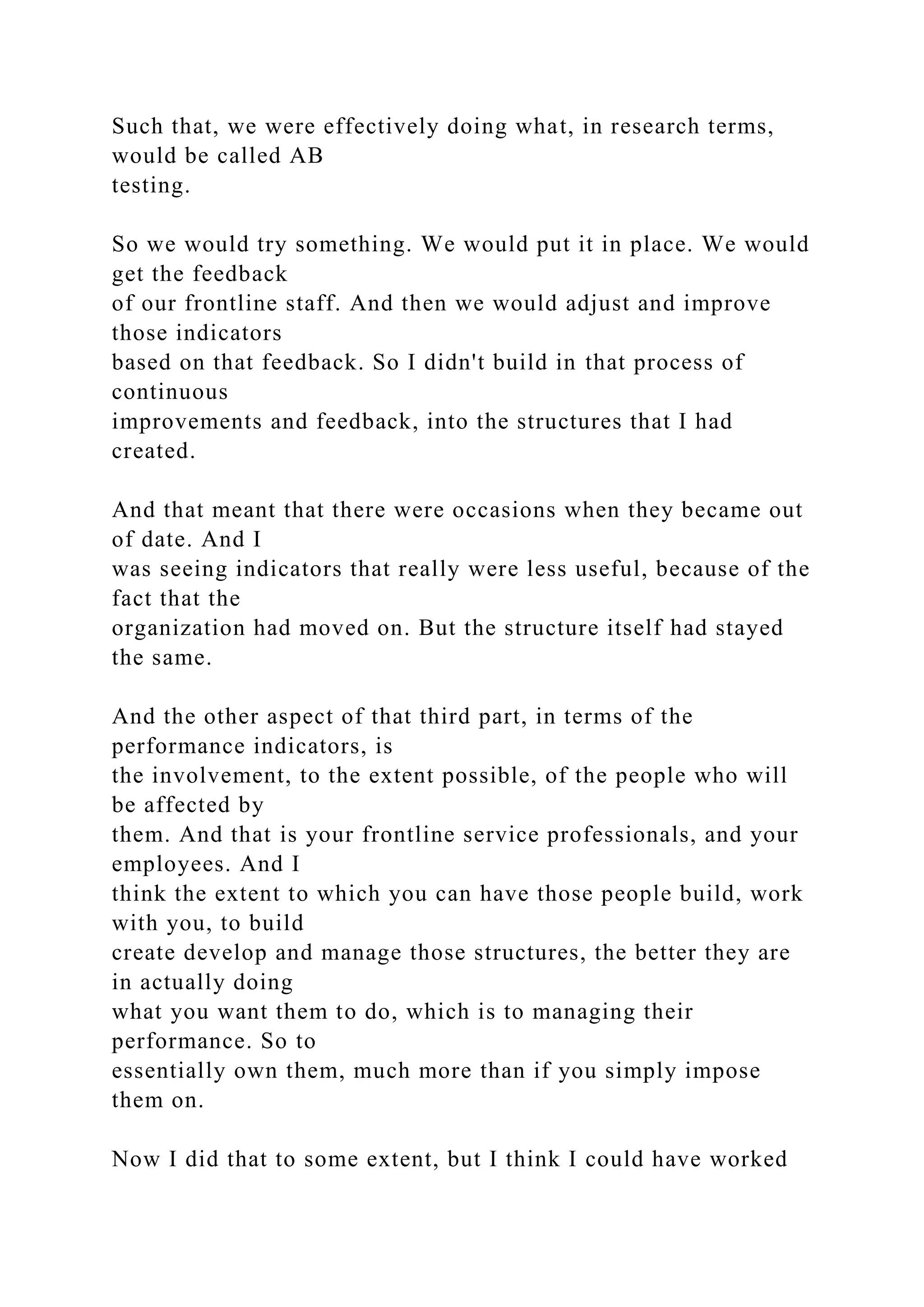
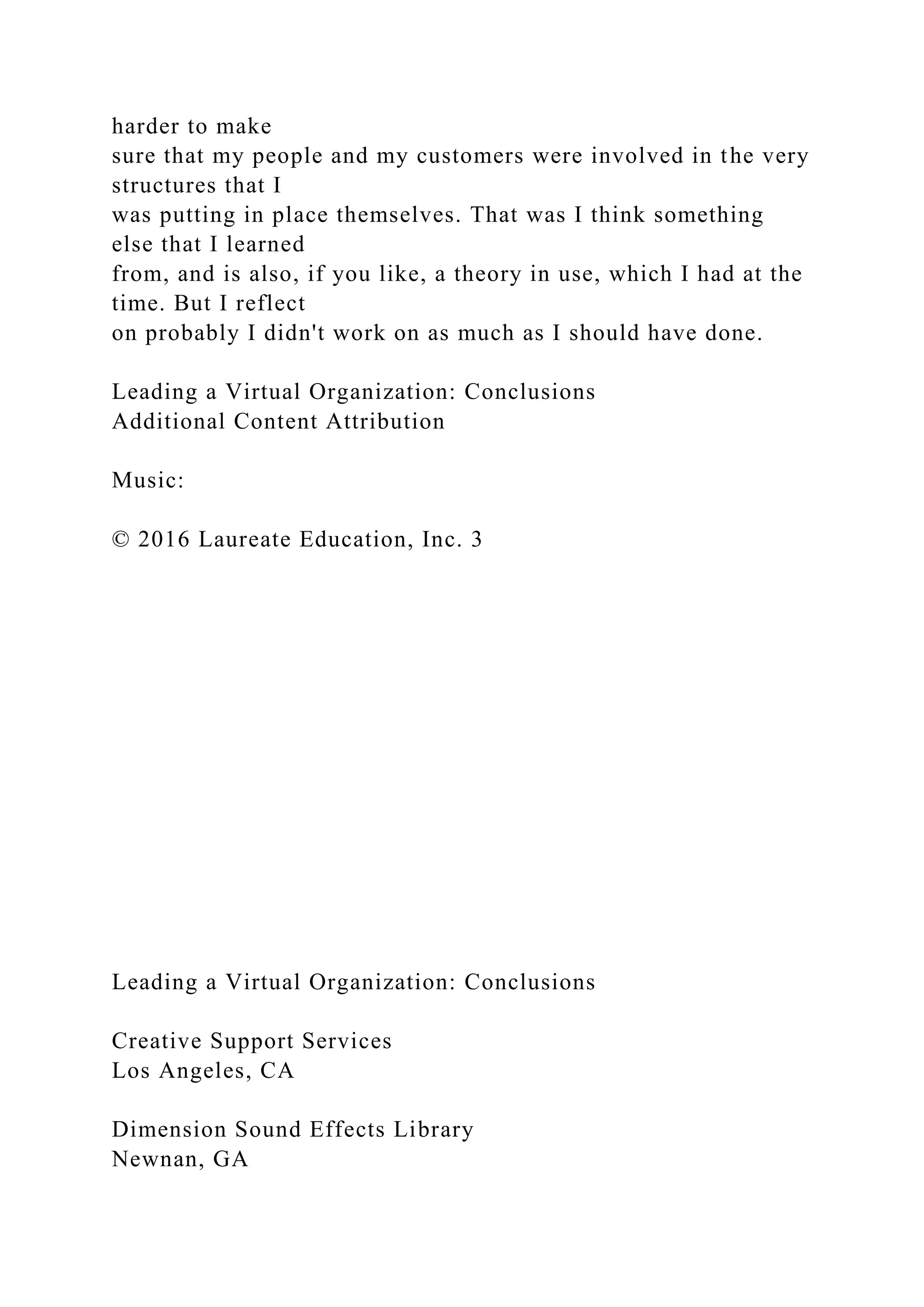

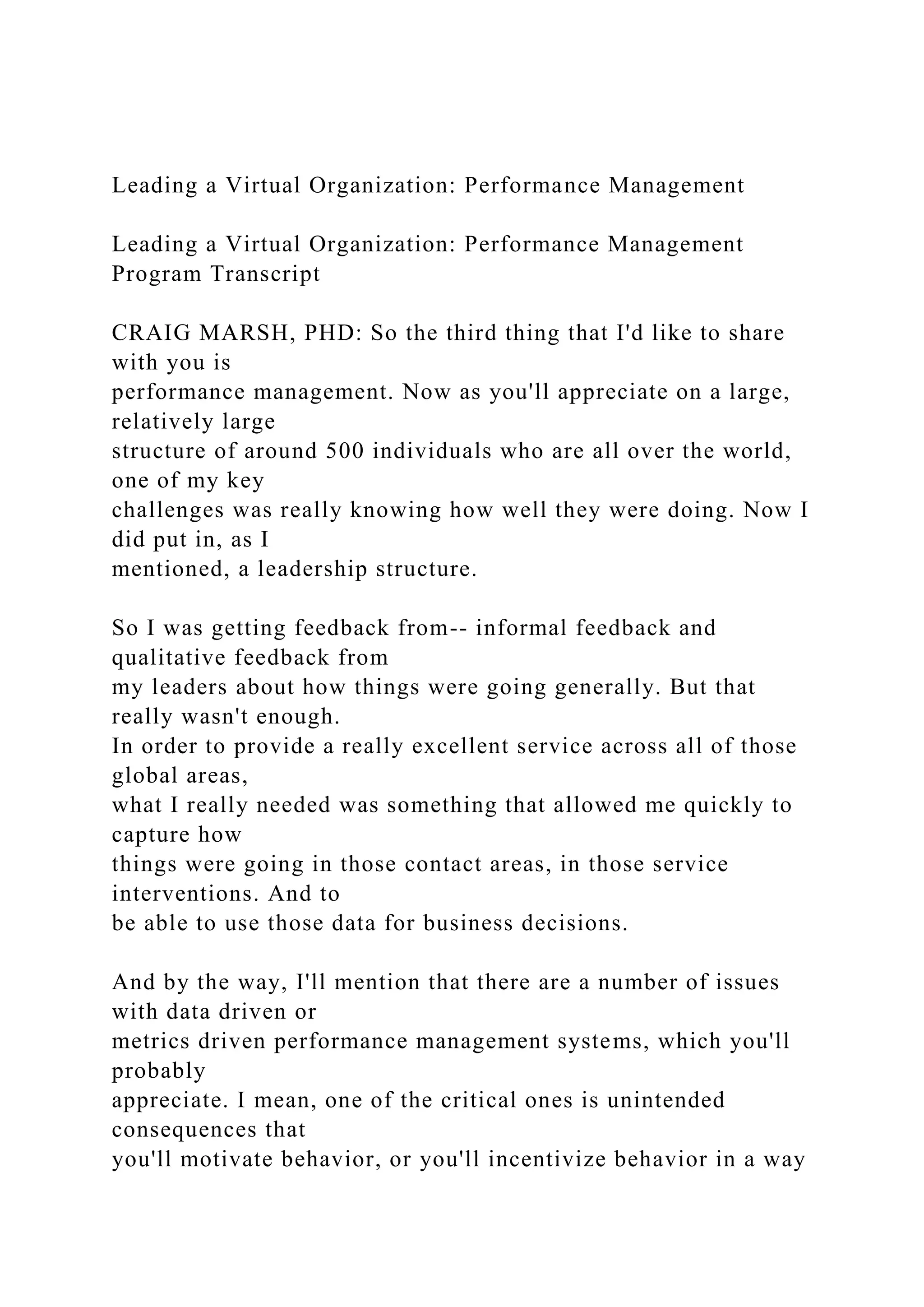
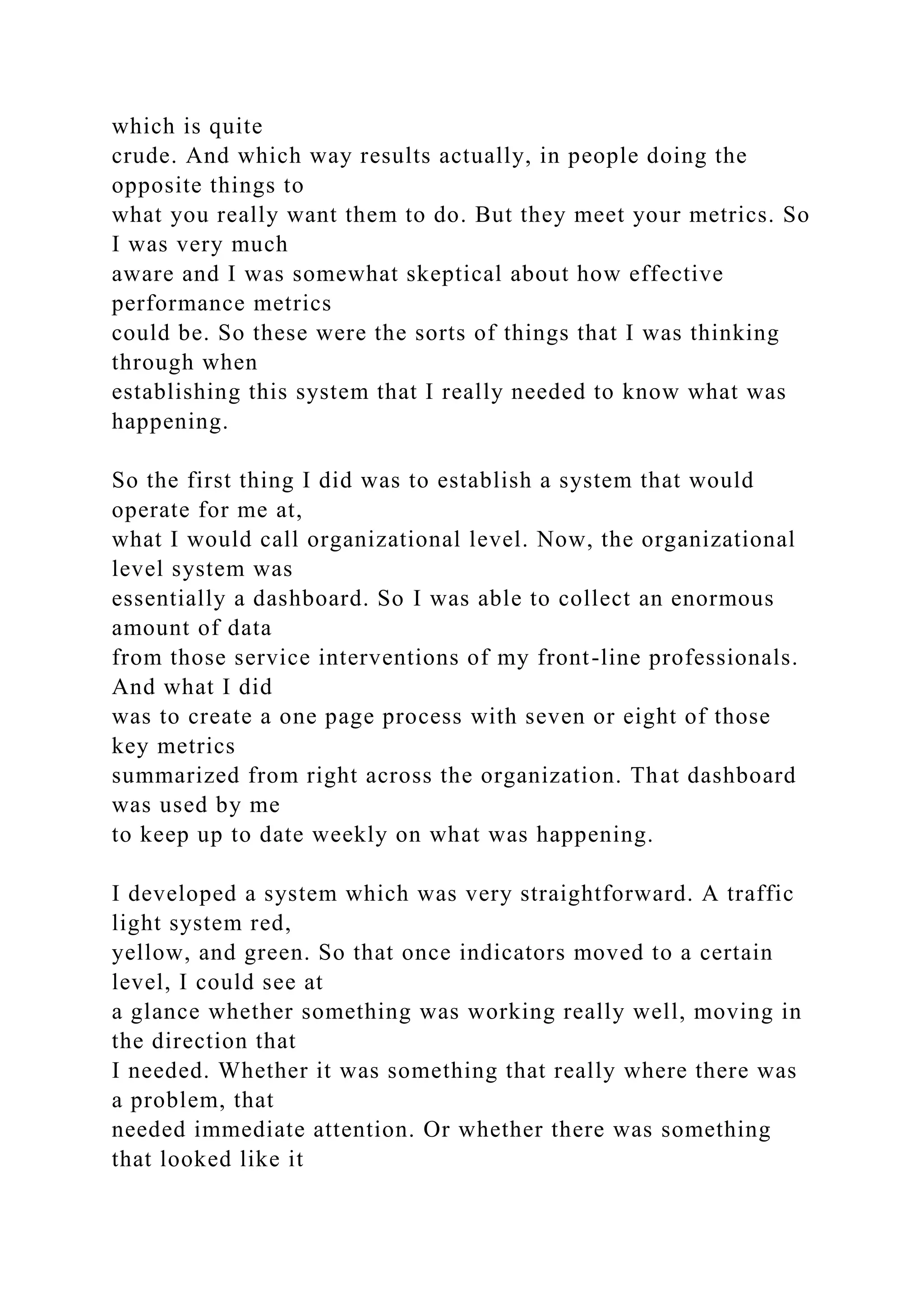
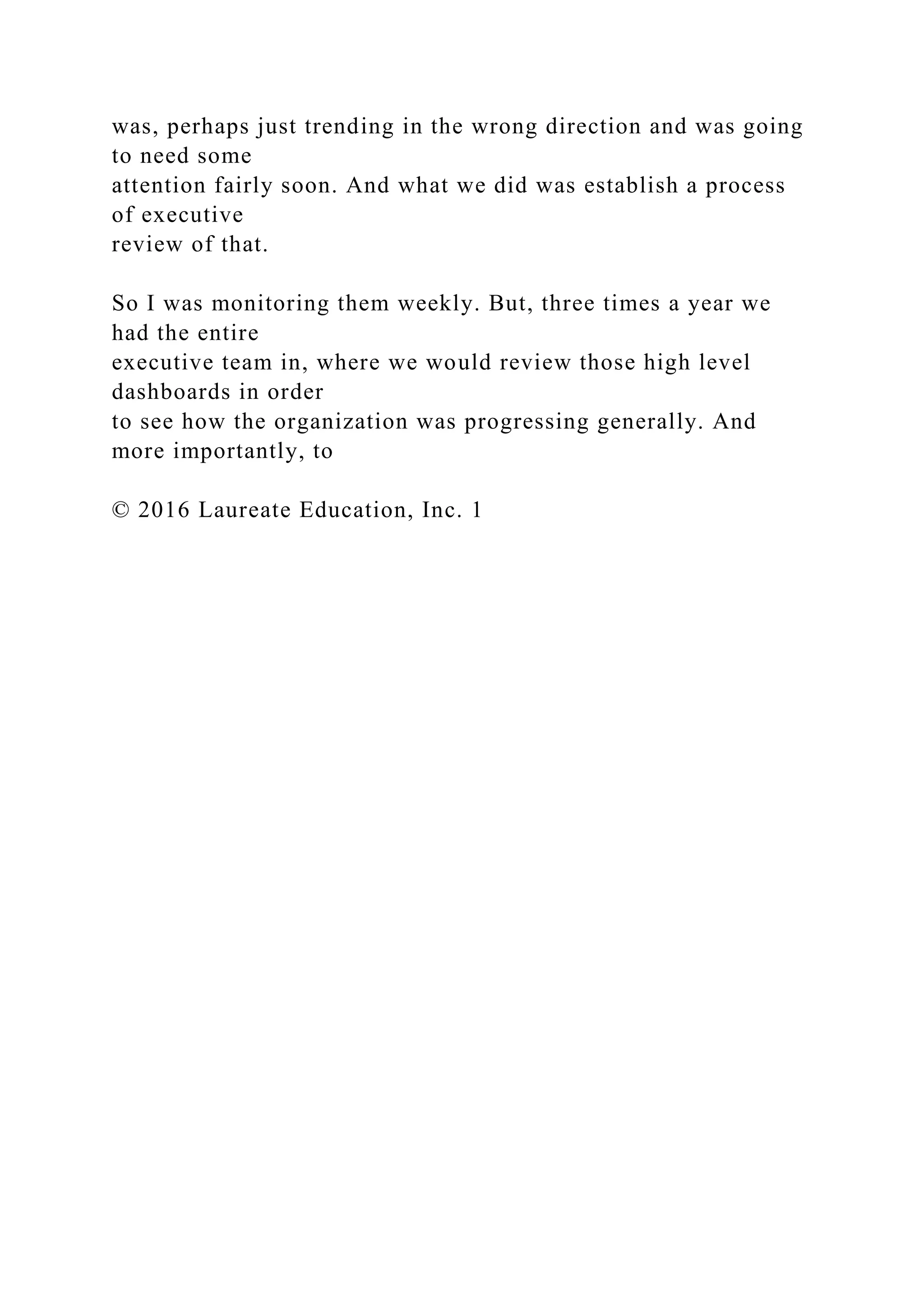
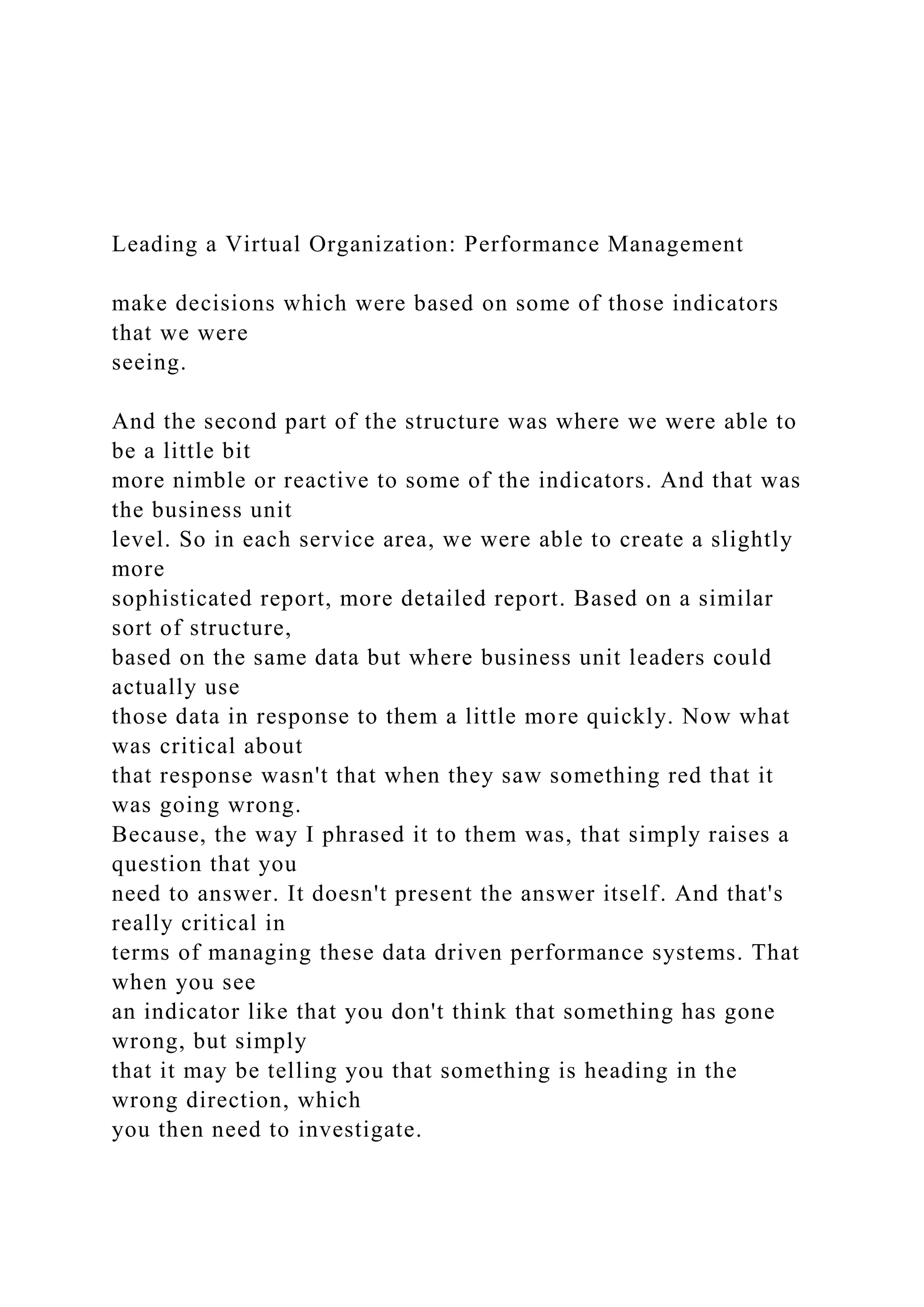


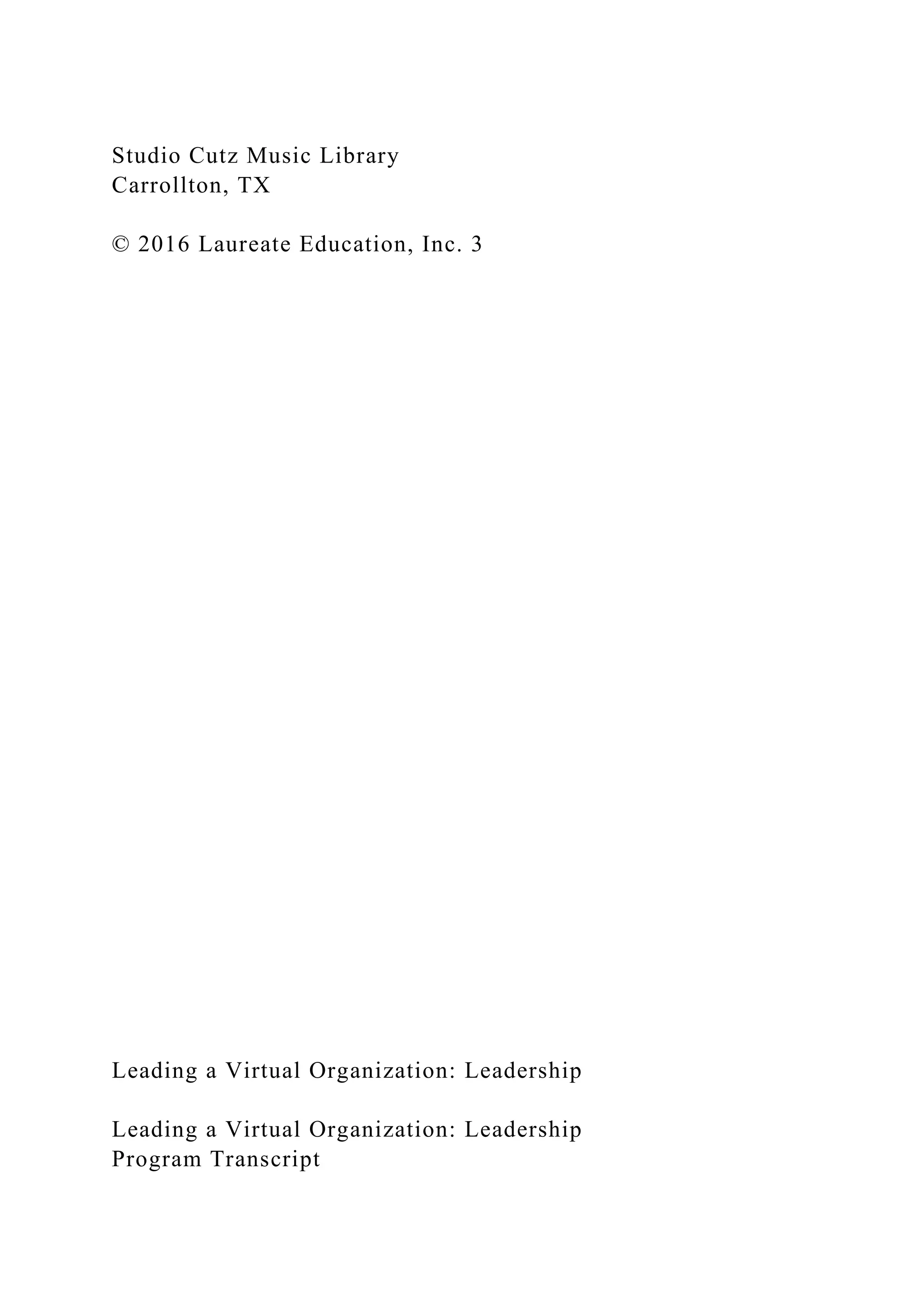
![[MUSIC PLAYING]
CRAIG MARSH: So the next thing that I wanted to discuss with
you which clearly
is central to this case is leadership. Now as you know the
challenge was in the
context of a global organization, a virtual organization. And
people who are not
directly employed by the company, they're contracting
employees, I've already
mentioned a little bit about engagement. Well, for me, one of
the critical
challenges was leadership. So this was in a sense one of my
biggest challenges,
to try and work out for myself what I felt effective leadership
was. And then to
understand how I would deliver that in the context of this
somewhat unique
structure that I was managing.
So the first thing I did is I decided that the context of the
remote organization, of
the remotely contracted people was in some ways only an
indirect problem. That
actually at the heart of leadership are some very basic ideas
which I felt should
be effective regardless of the particular situation that the
leadership has
demonstrated. And I was thinking of leadership in three very
particular ways. And
those ways are leadership as individual or leadership as
personal qualities or
characteristics. Leadership as a particular role. And leadership
as a structure. Let
me take first of all leadership as a role.](https://image.slidesharecdn.com/runningheadvirtualworkforce1virtualworkforce2-221107074424-7cb70932/75/Running-head-VIRTUAL-WORKFORCE1VIRTUAL-WORKFORCE-2-docx-32-2048.jpg)
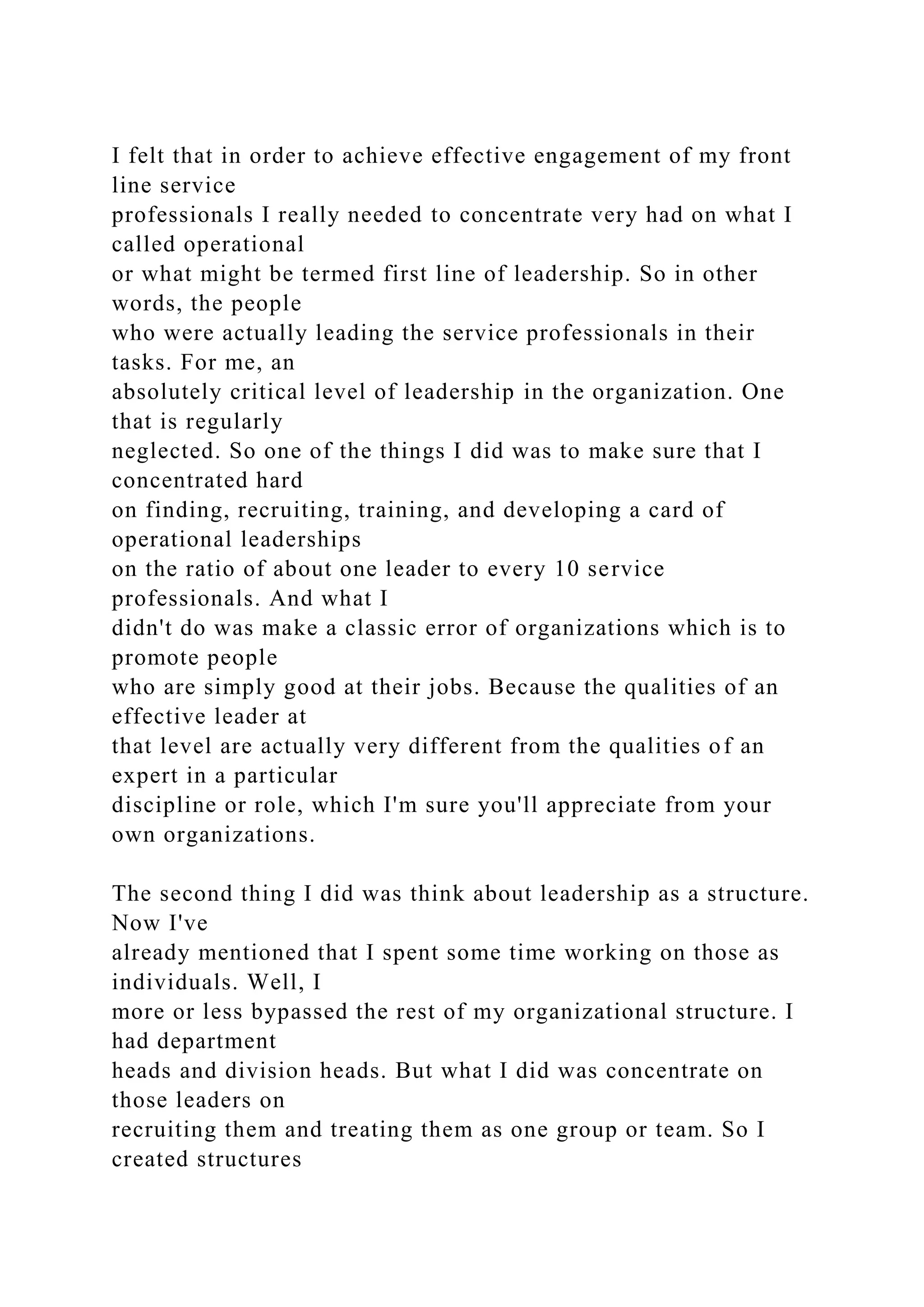

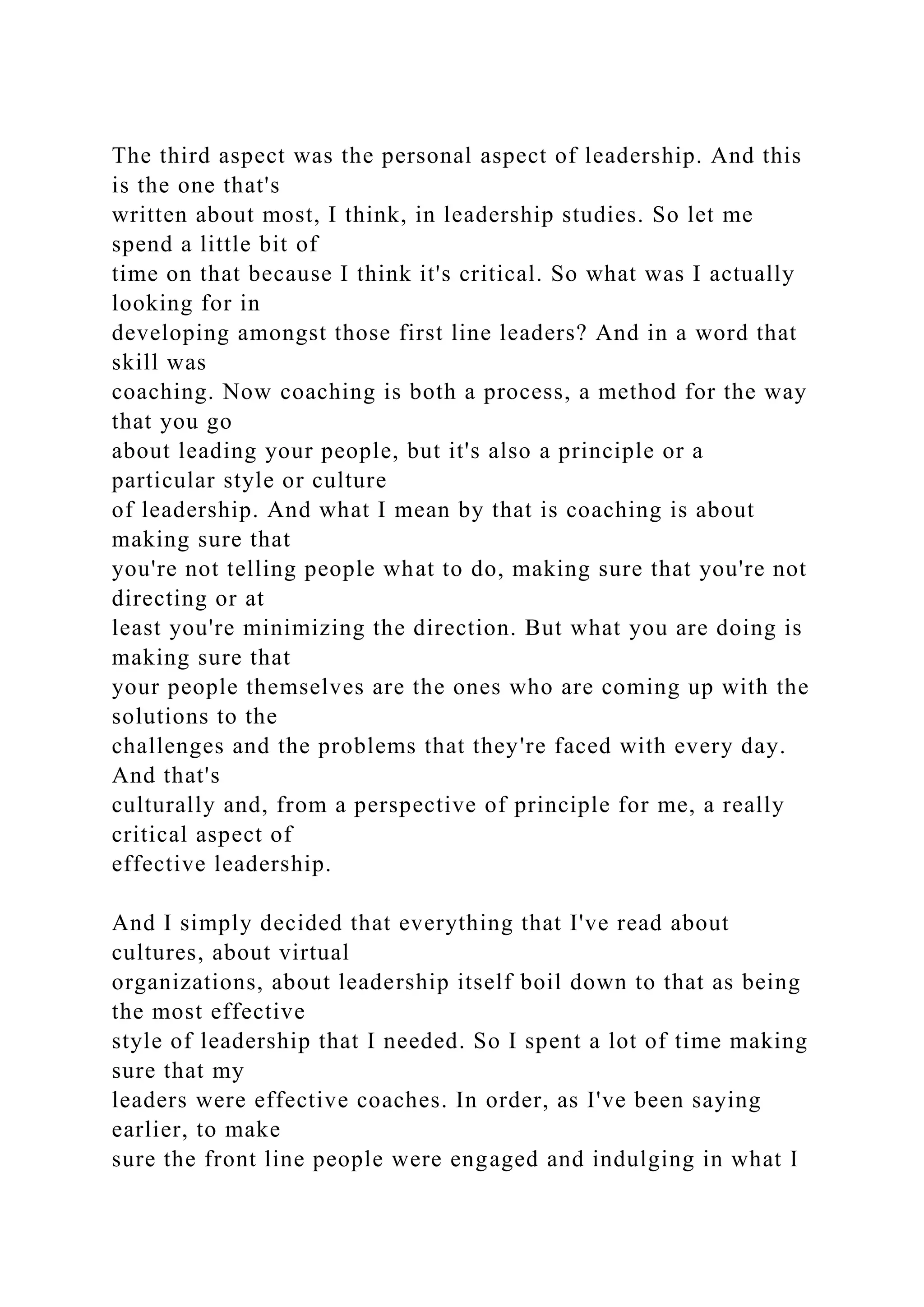
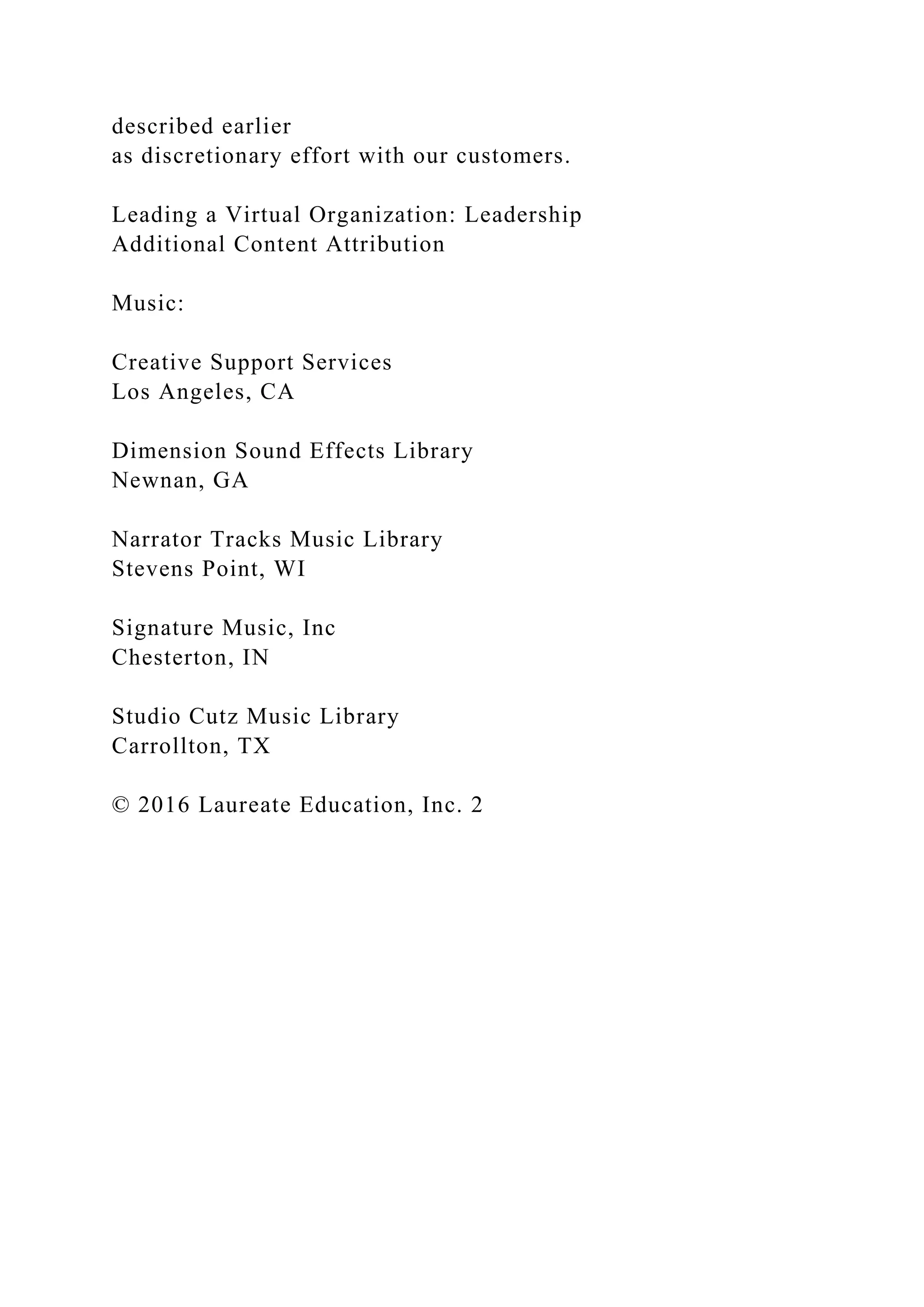
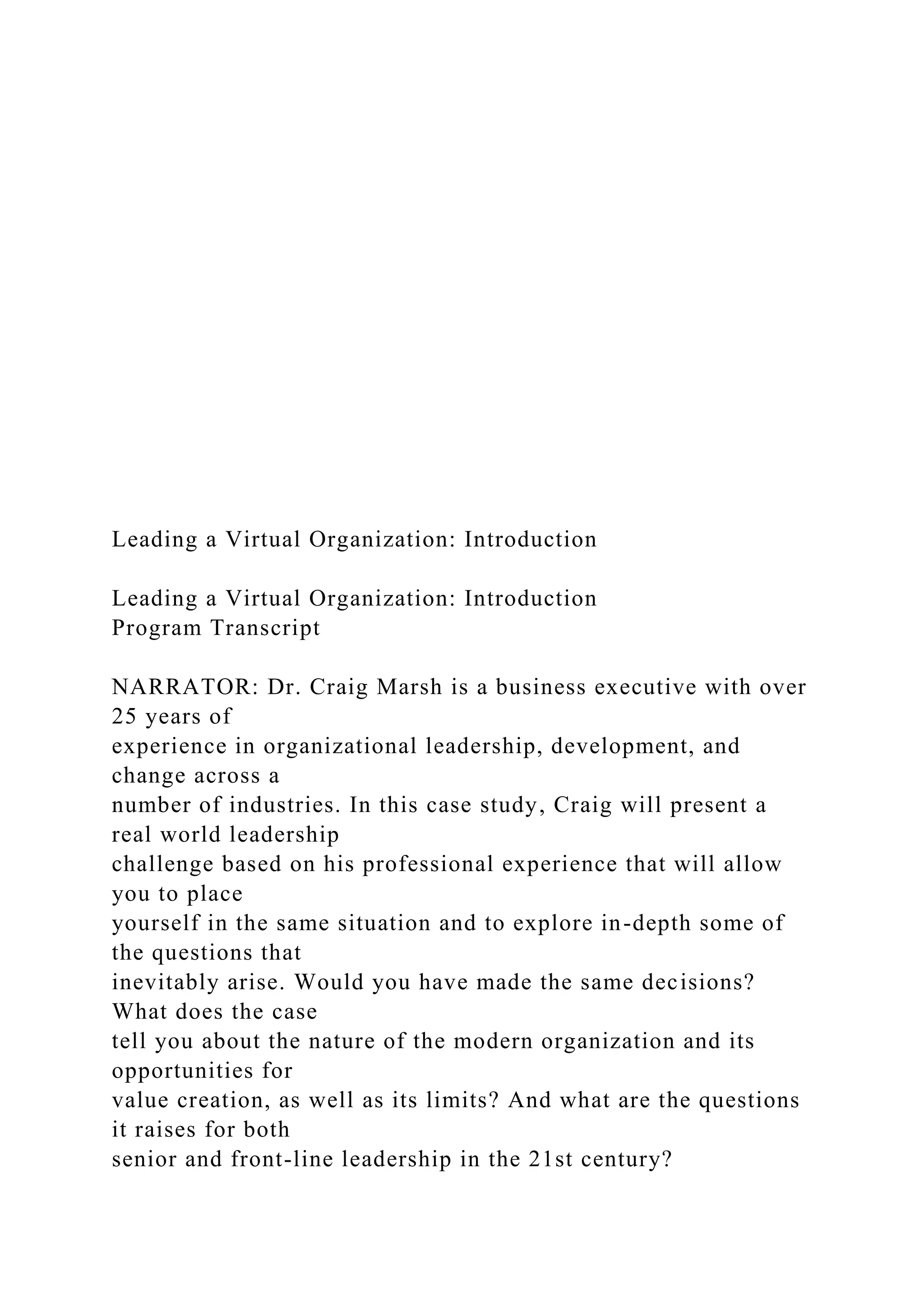
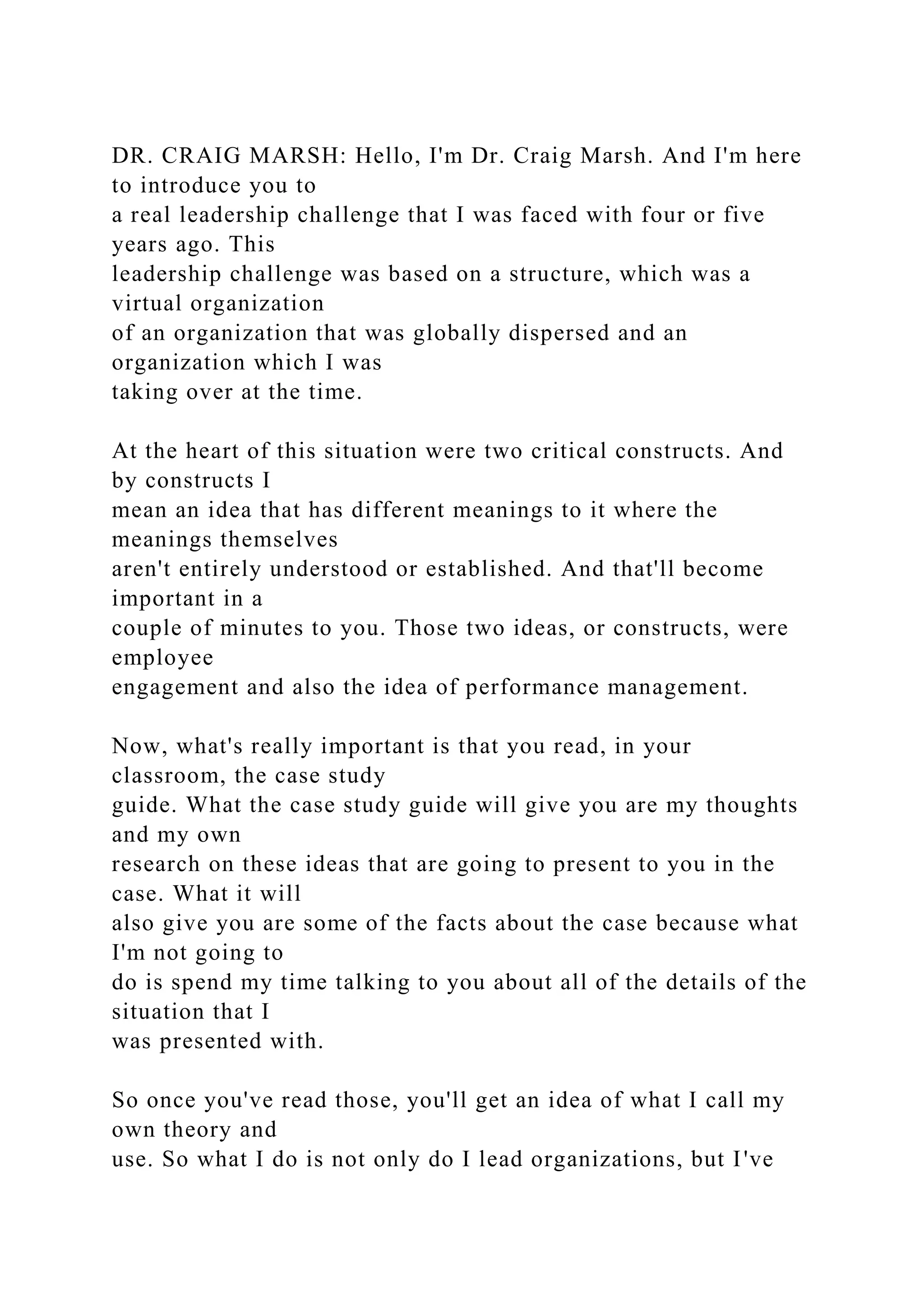
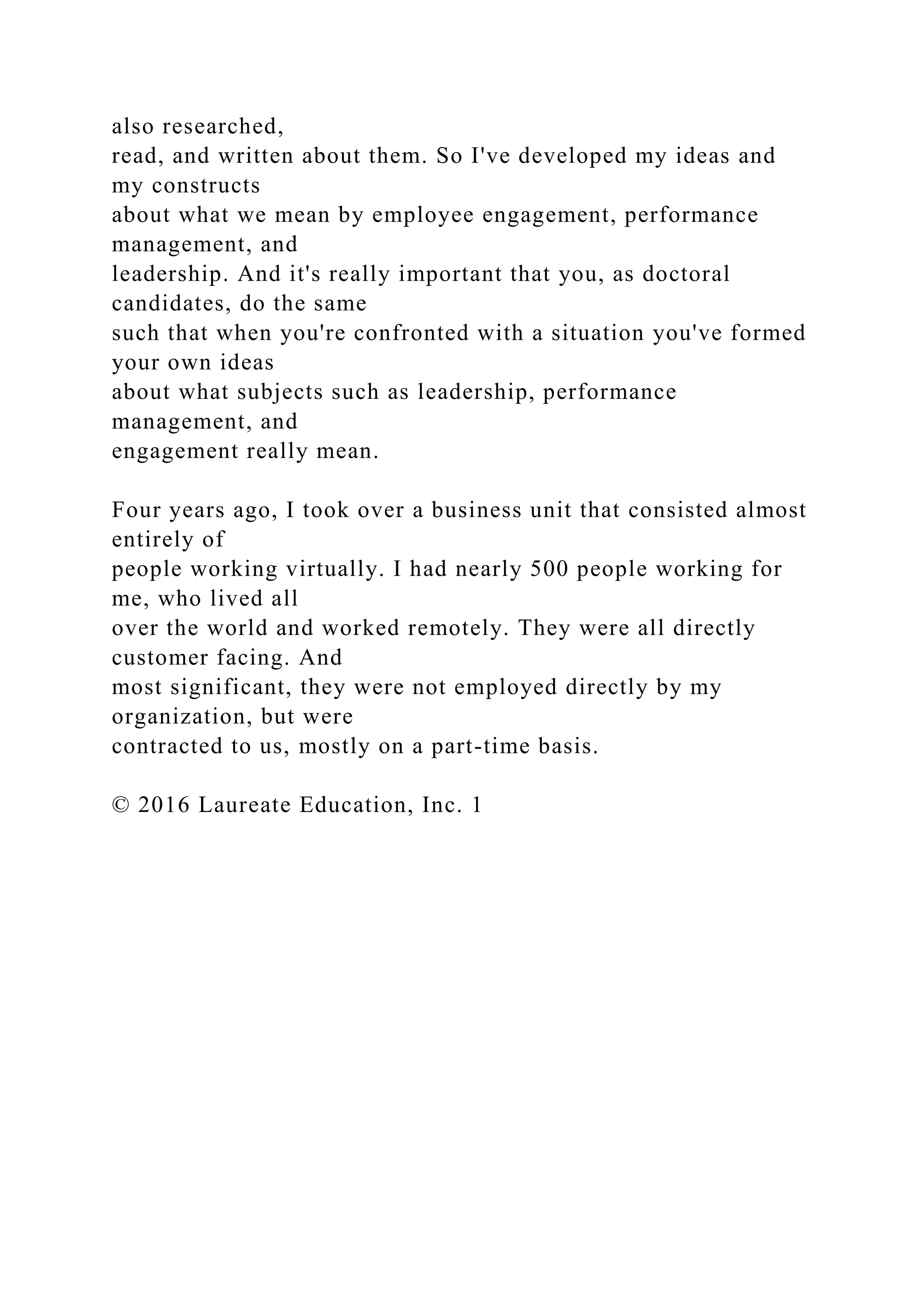

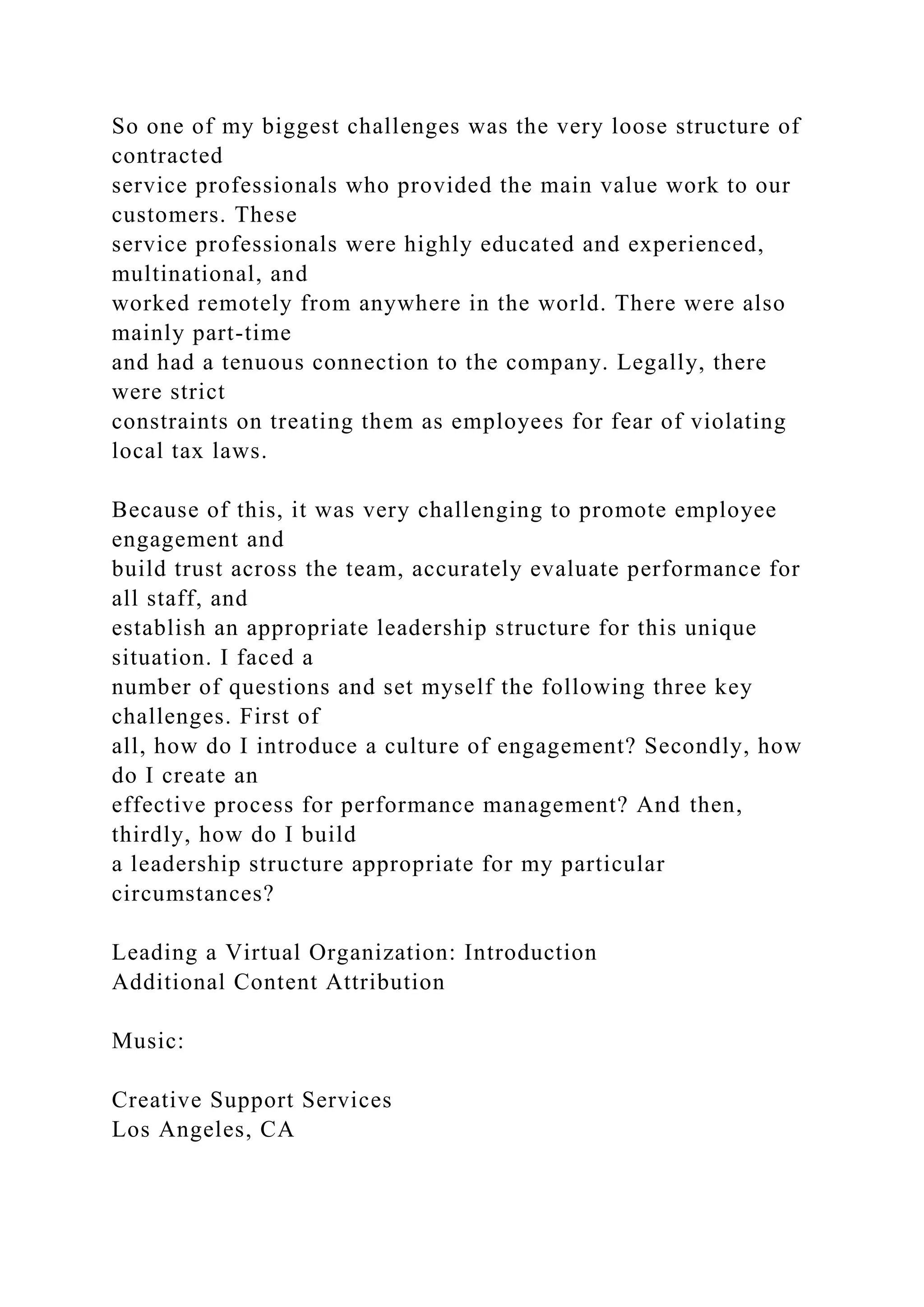
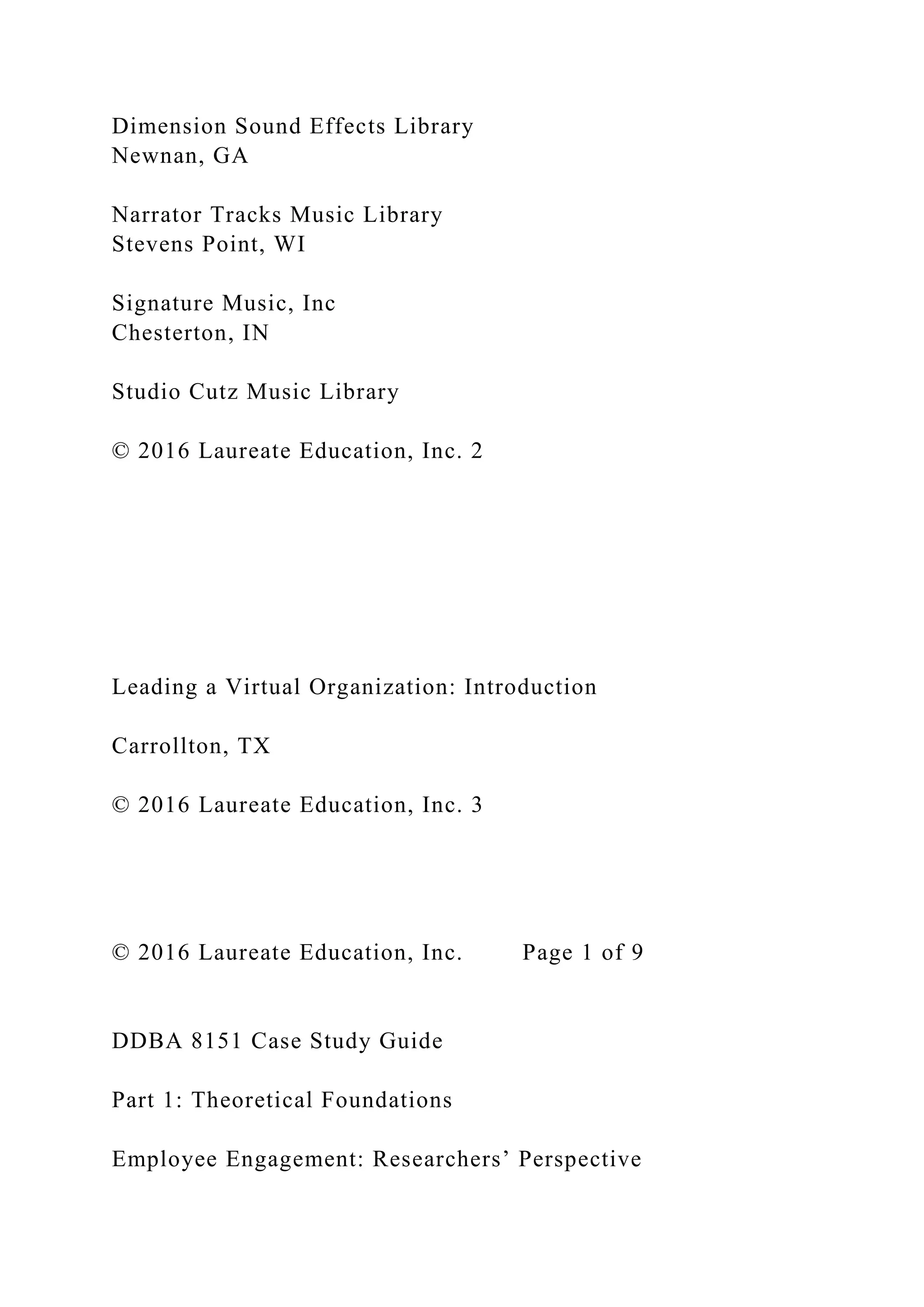
![Kahn (1990) approached the issue of employee engagement by
drawing on theory of
self and how different selves interact with the roles people need
to play at their
workplace. He postulated that “People can use varying degrees
of their selves,
physically, cognitively, and emotionally, in the roles they
perform, even as they maintain
the integrity of the boundaries between who they are and the
roles they occupy.
Presumably, the more people draw on their selves to perform
their roles within those
boundaries, the more stirring are their performances and the
more content they are with
the fit of the costumes they don” (p. 692). Kahn drew on
research from various
perspectives, such as interpersonal, group, intergroup, and
organizational research, and
combined them with the job-design perspective developed by
Hackman and Oldham
(1980). Kahn’s assumption was that as job design determined
the roles individuals need
to play within a work setting, it was a key determinant of the
“self” elicited from the
employees who play those roles. Job design was hypothesized to
be instrumental in
determining whether an employee will use an engaged or
disengaged self in role. He
defined the two opposite types of engagement as follows:
“Personal engagement [is]
the harnessing of organization members' selves to their work
roles; in engagement,
people employ and express themselves physically, cognitively,
and emotionally during
role performances. . . . Personal disengagement [is] the](https://image.slidesharecdn.com/runningheadvirtualworkforce1virtualworkforce2-221107074424-7cb70932/75/Running-head-VIRTUAL-WORKFORCE1VIRTUAL-WORKFORCE-2-docx-43-2048.jpg)
